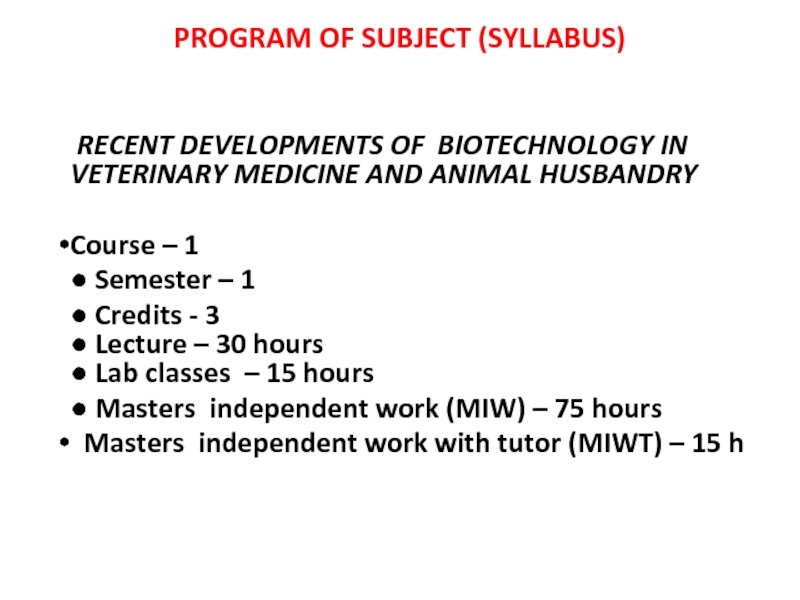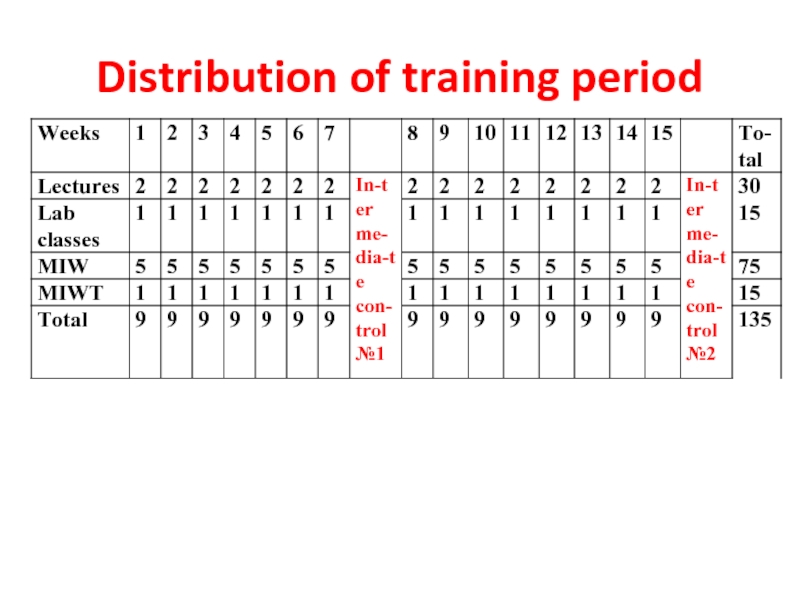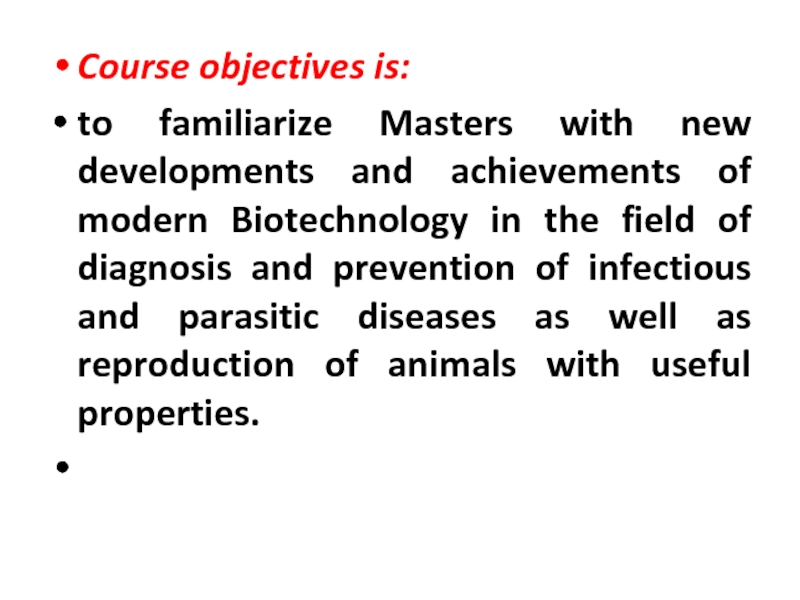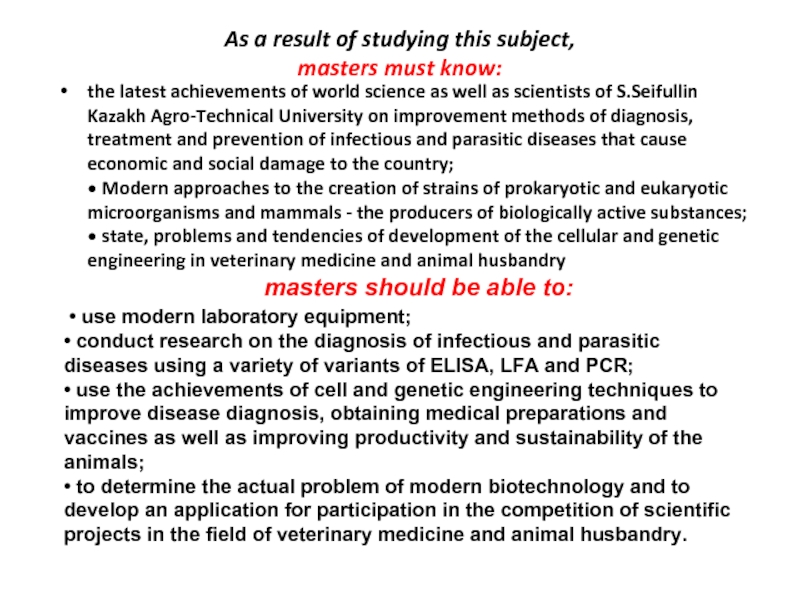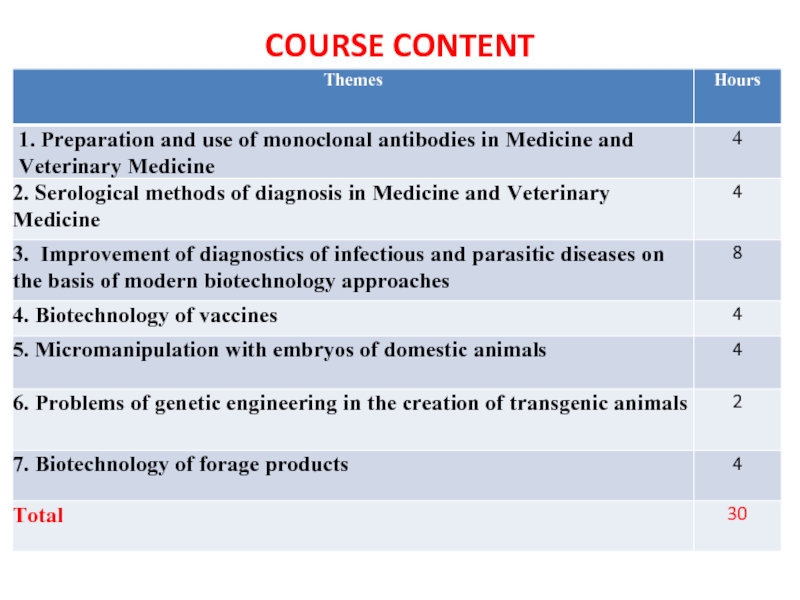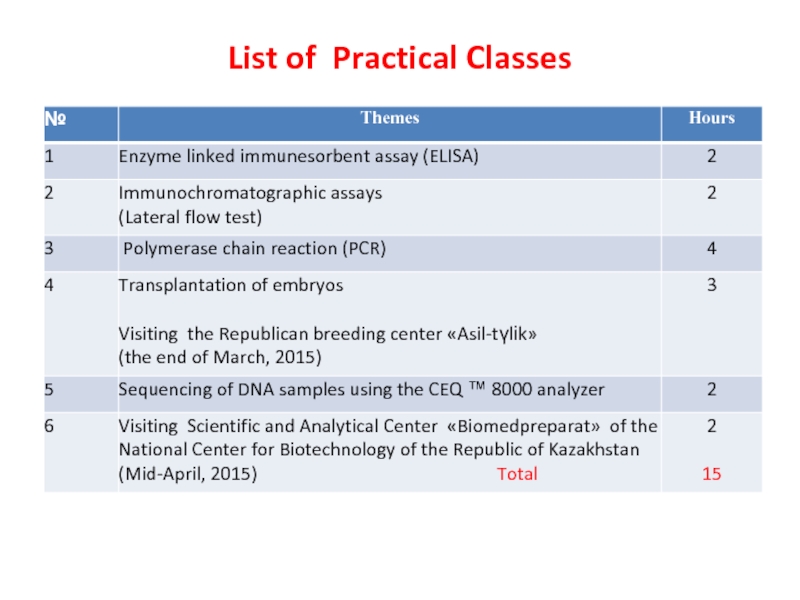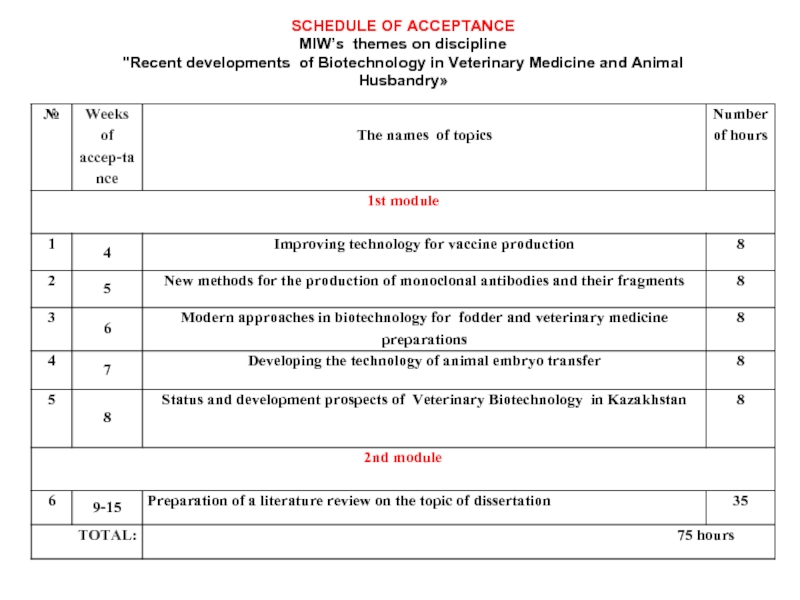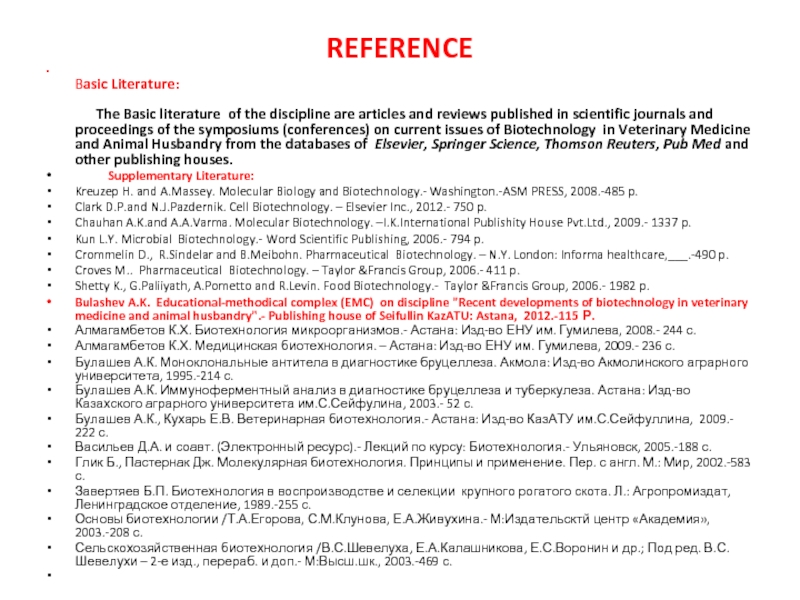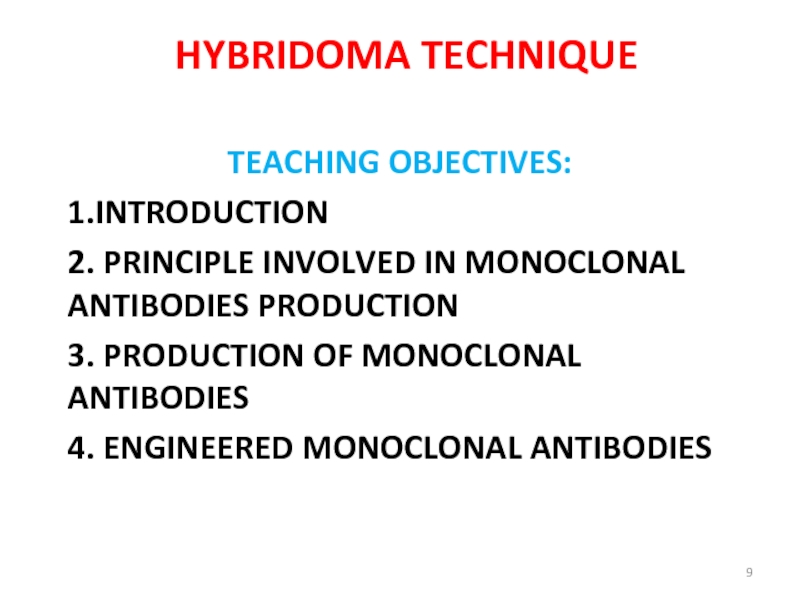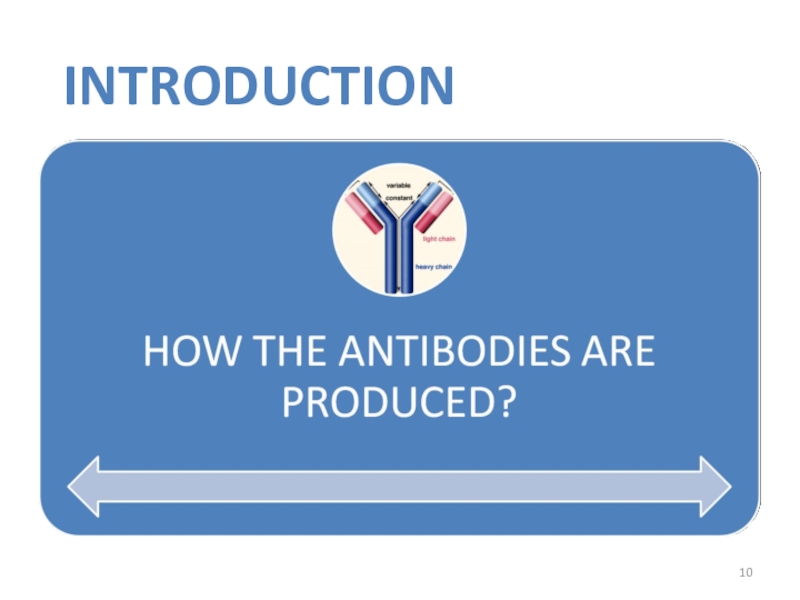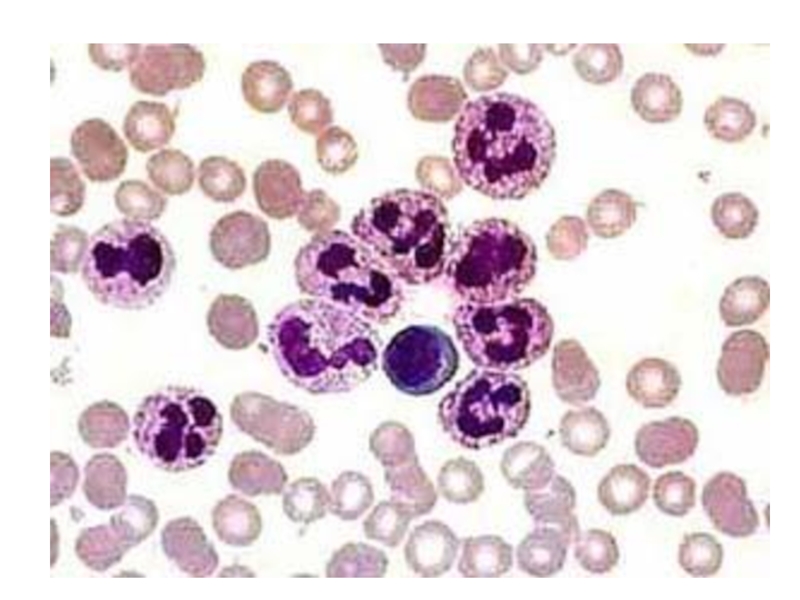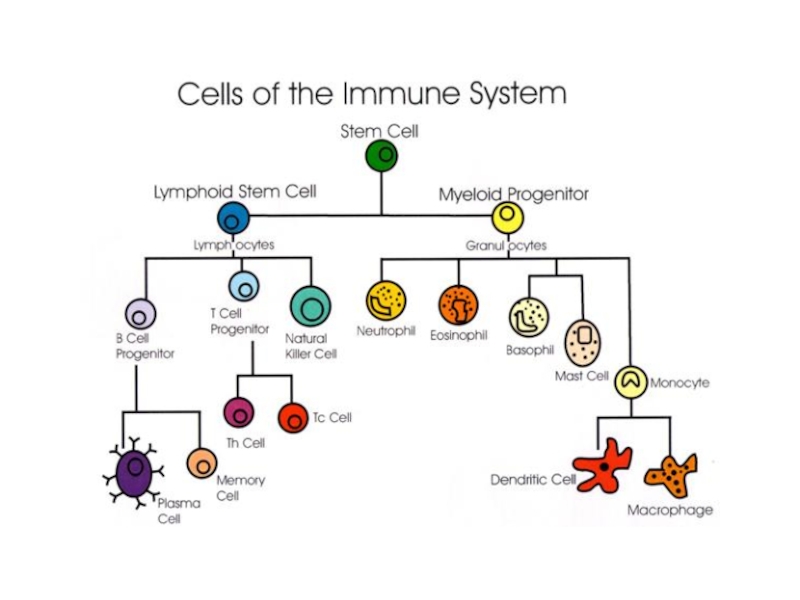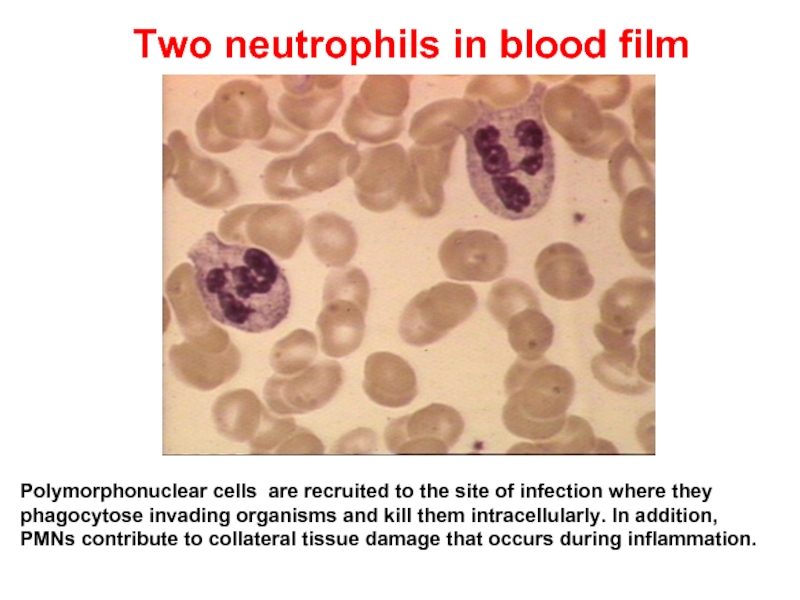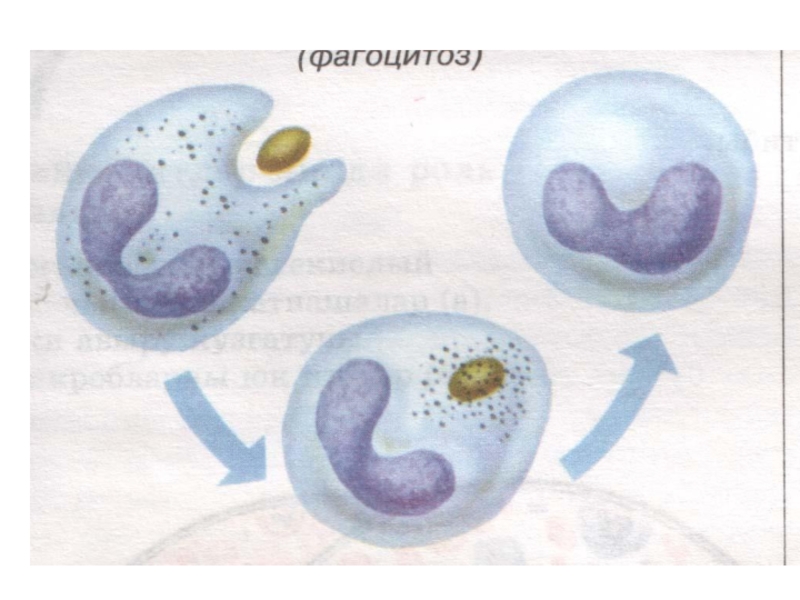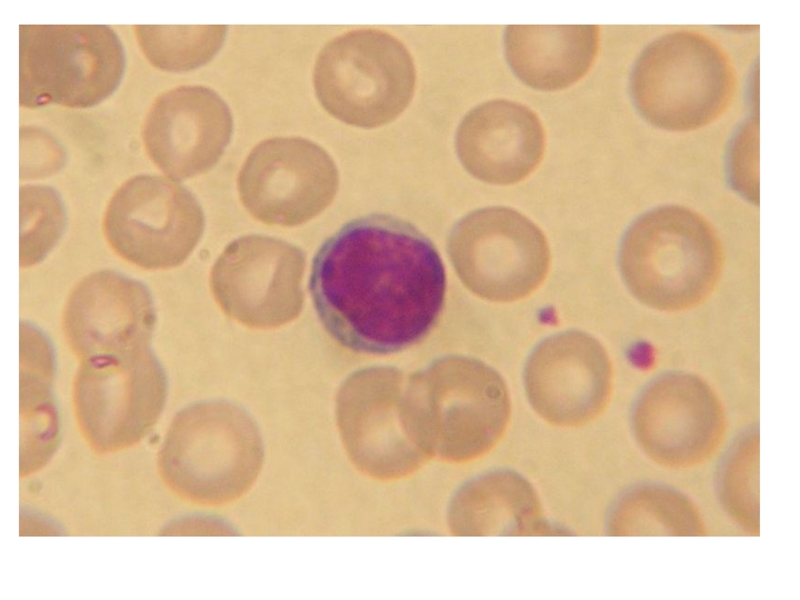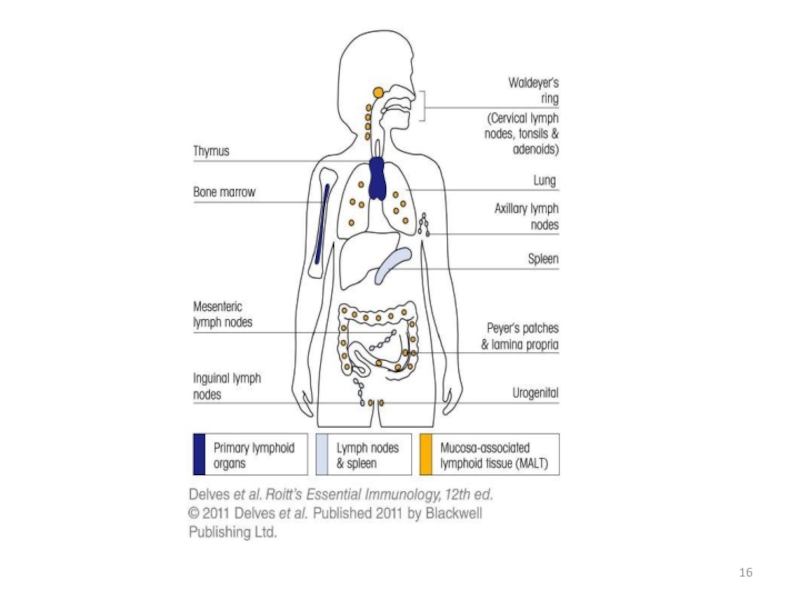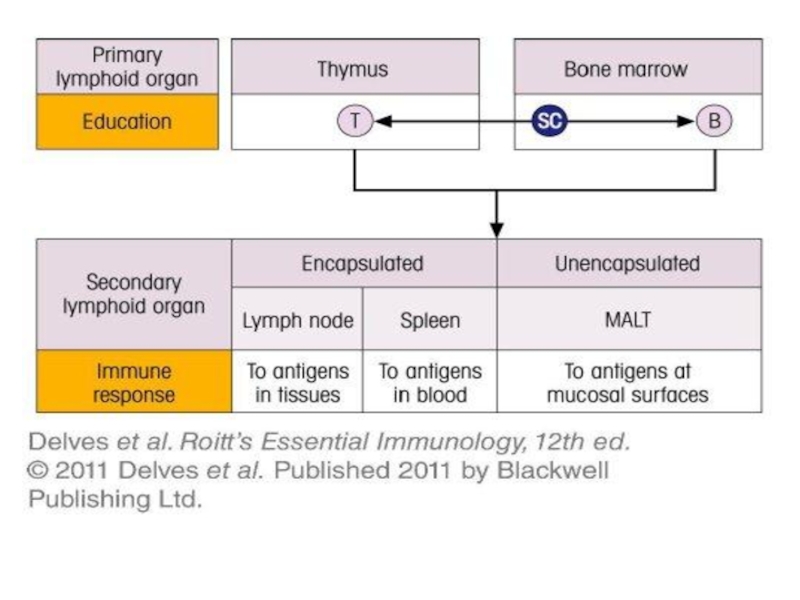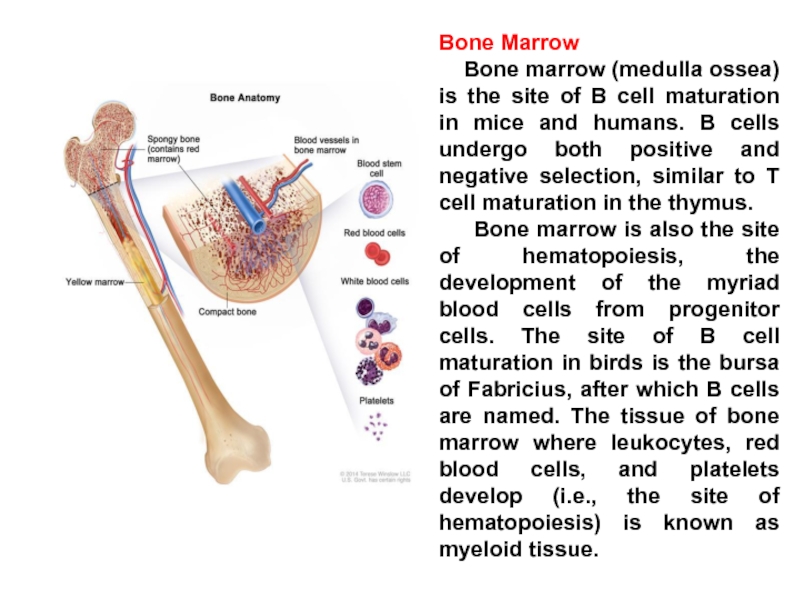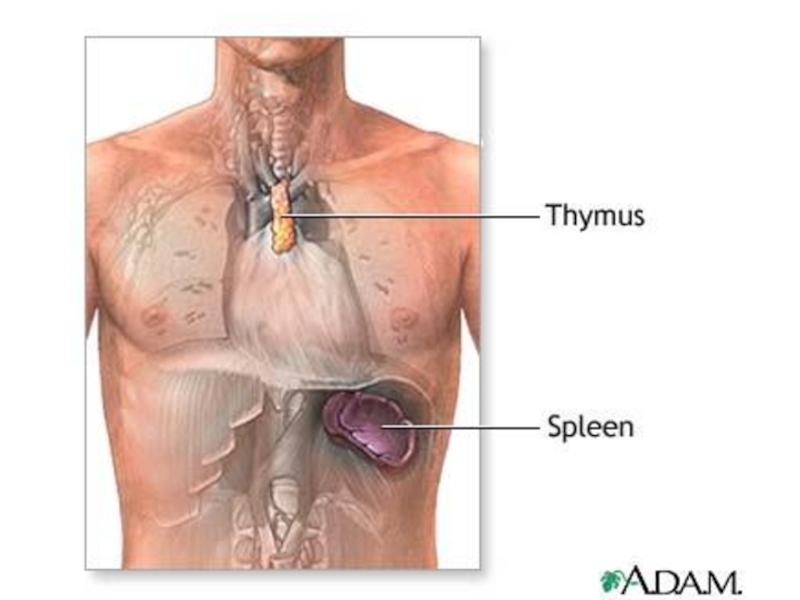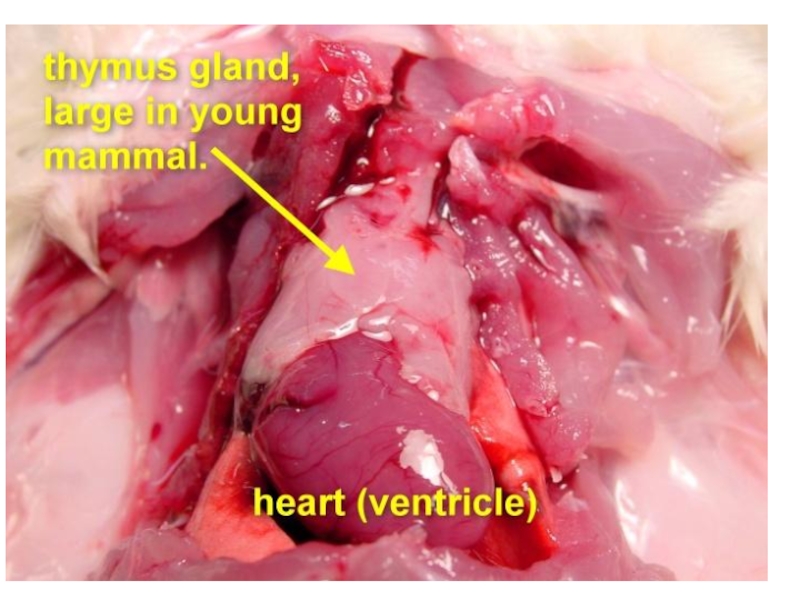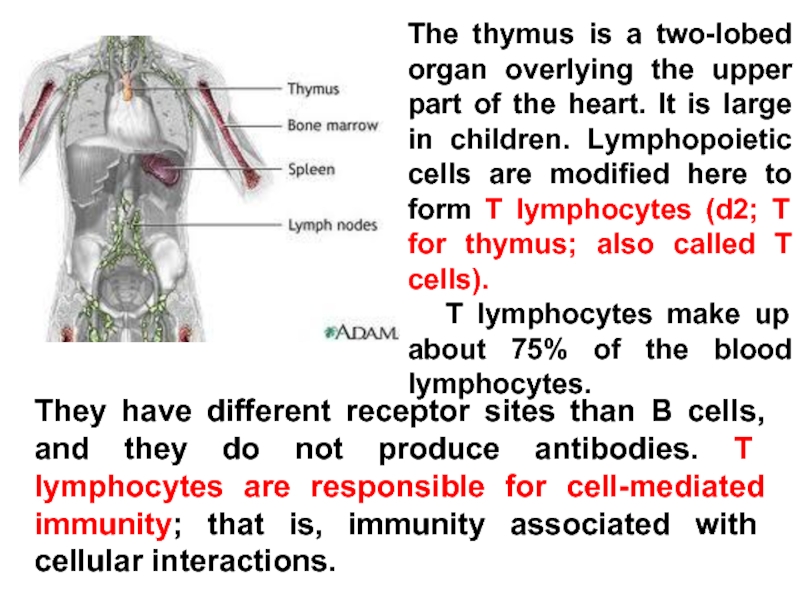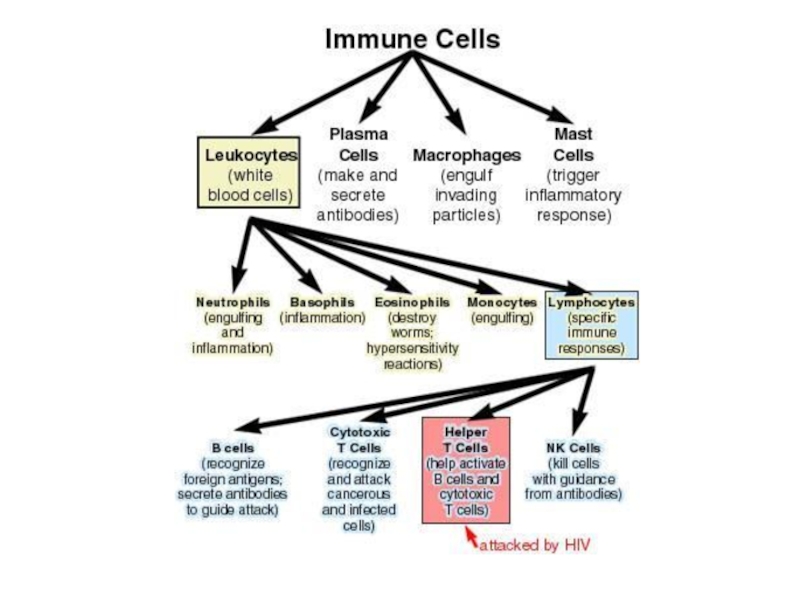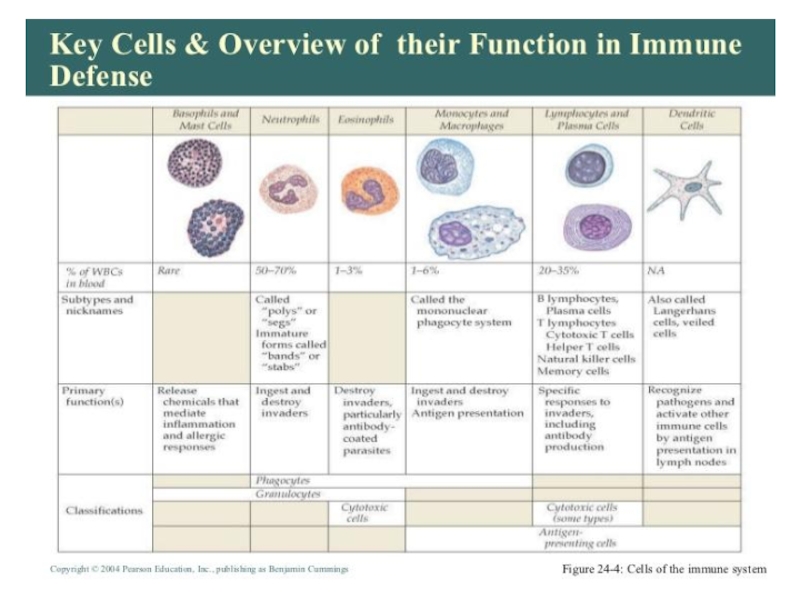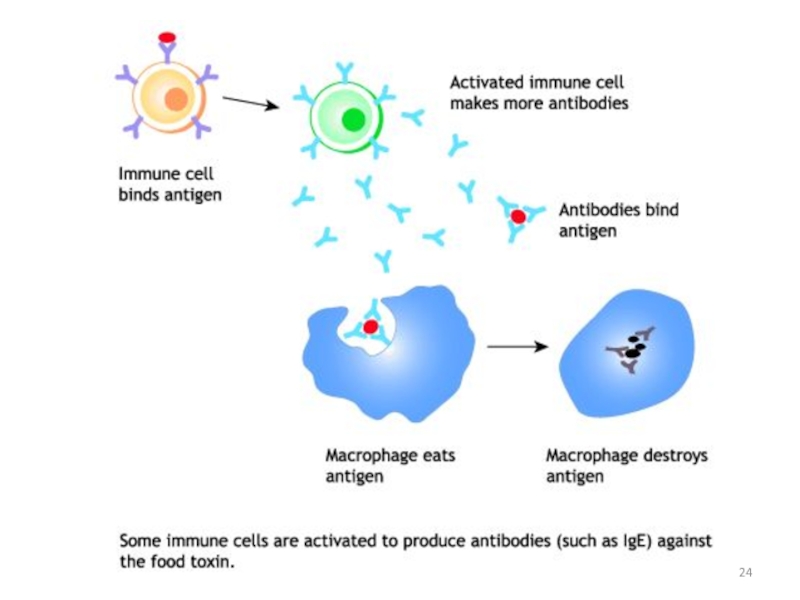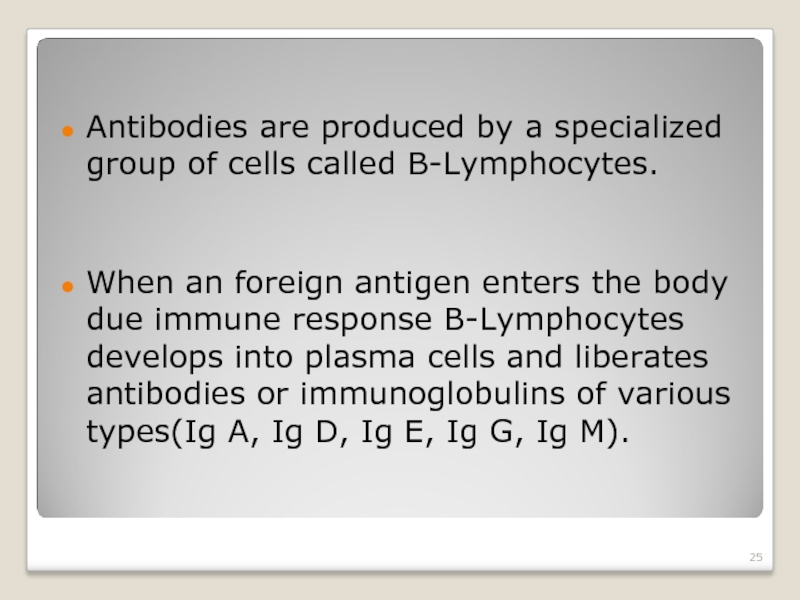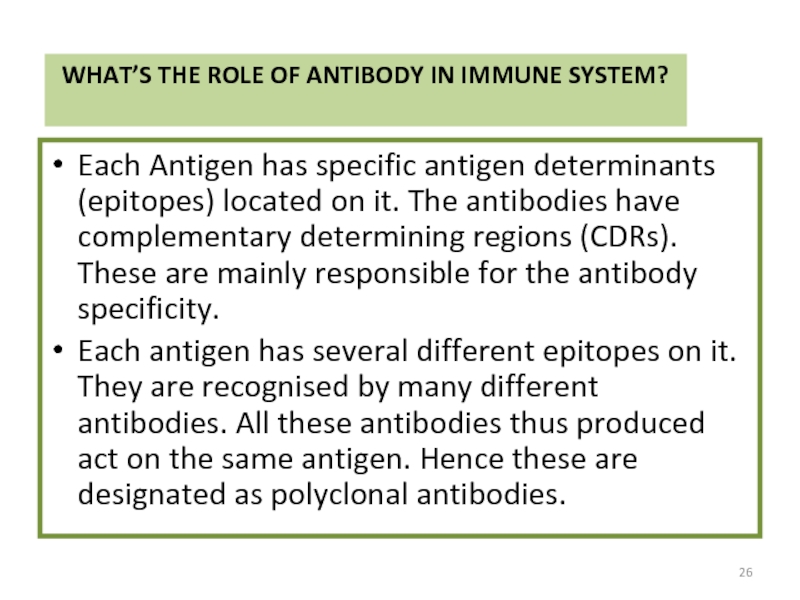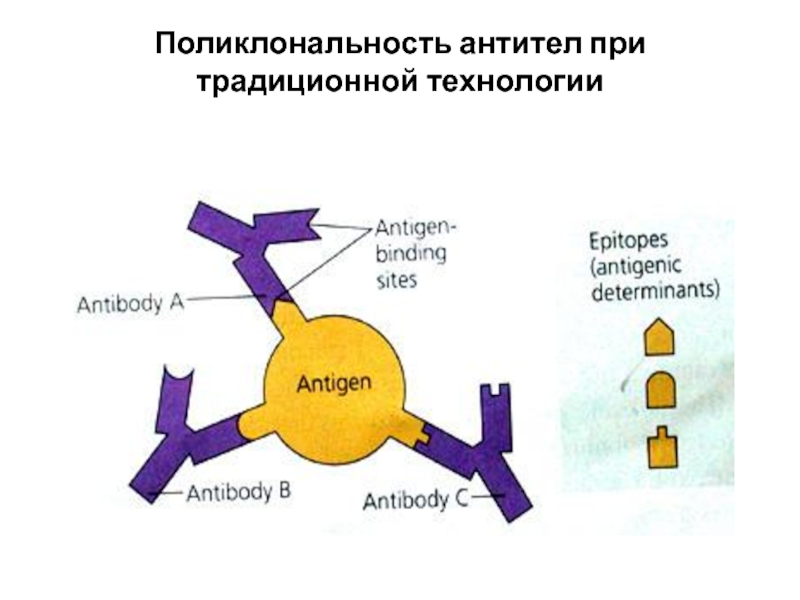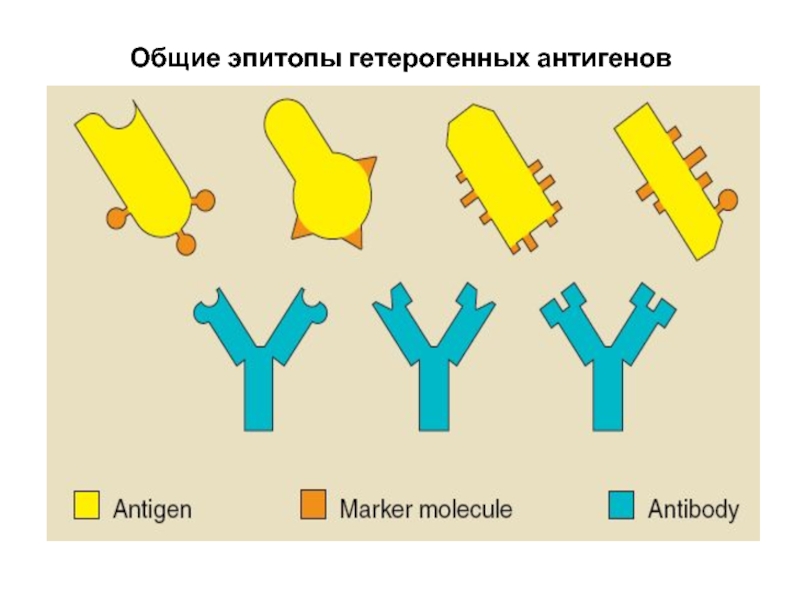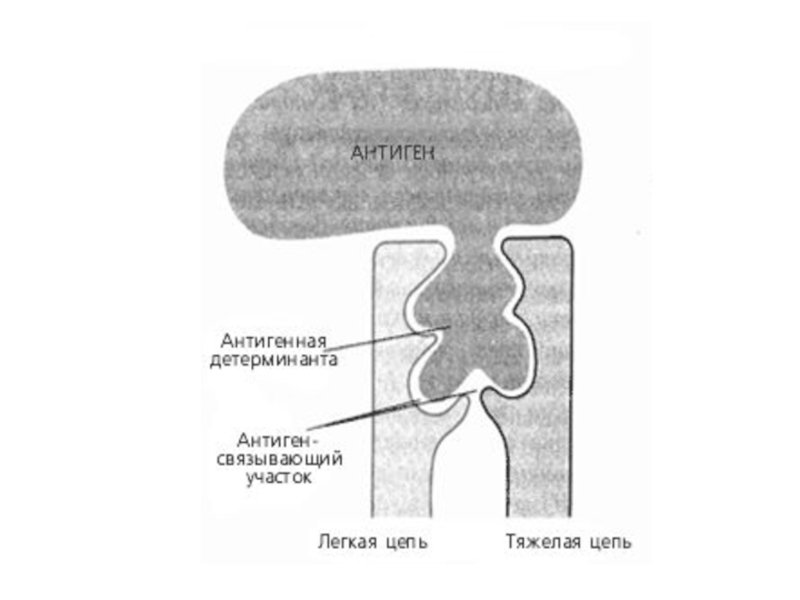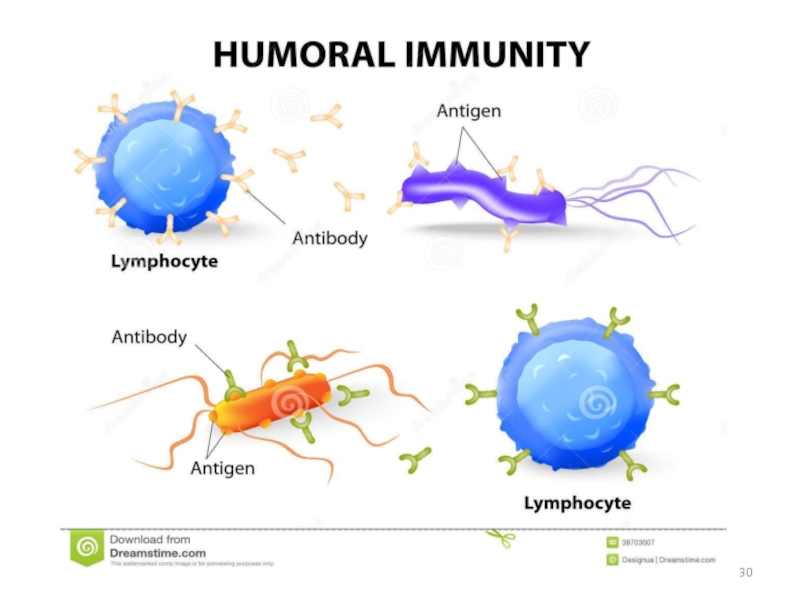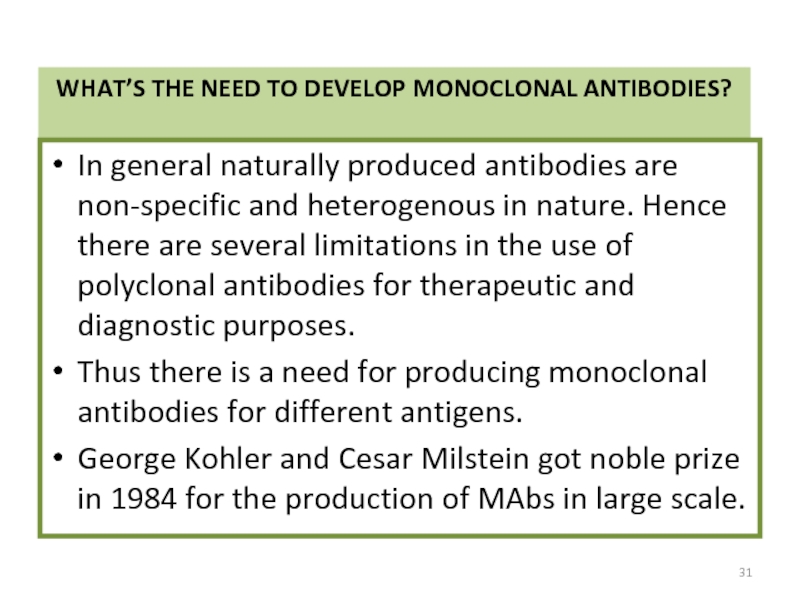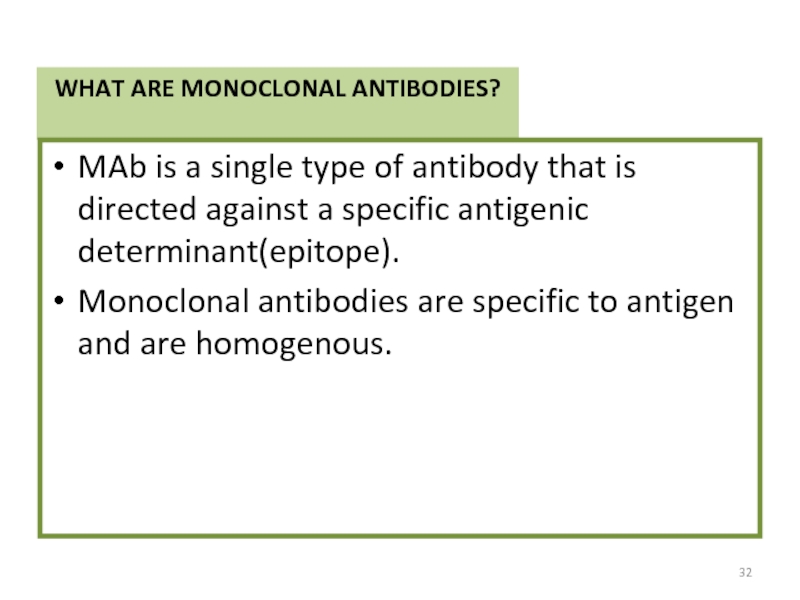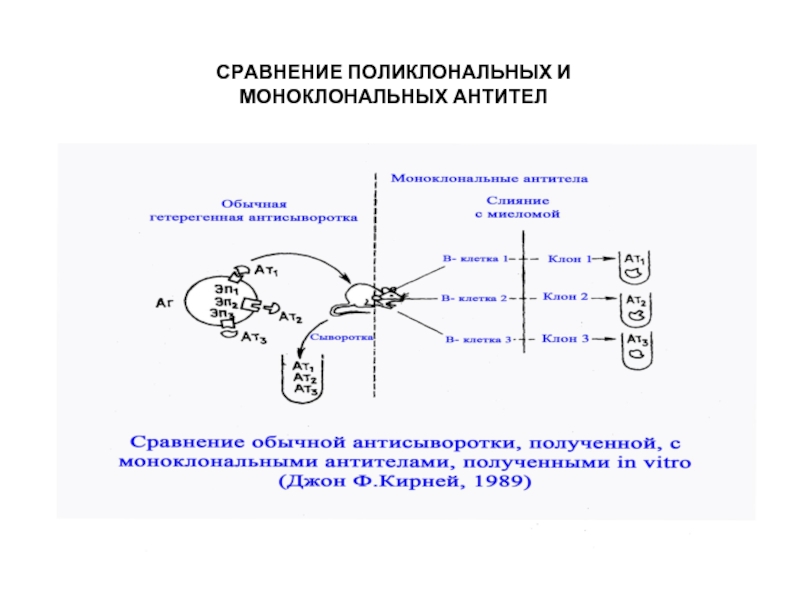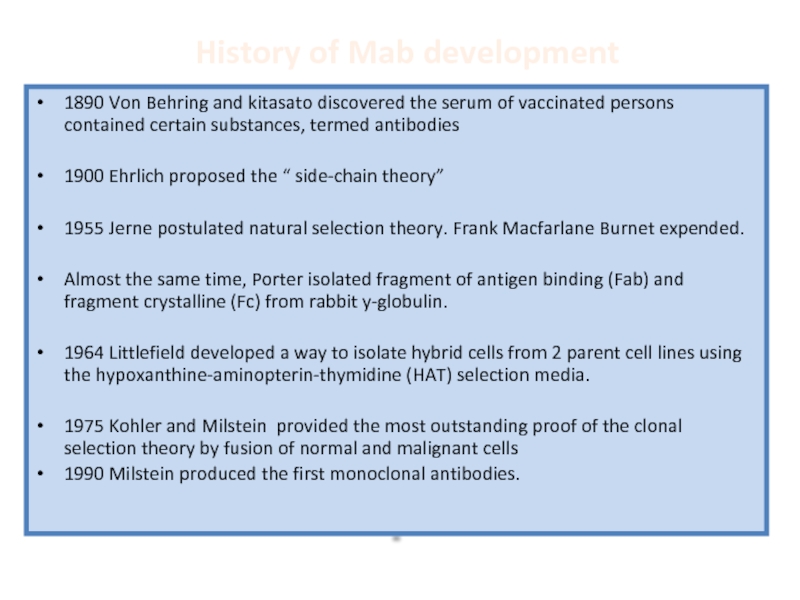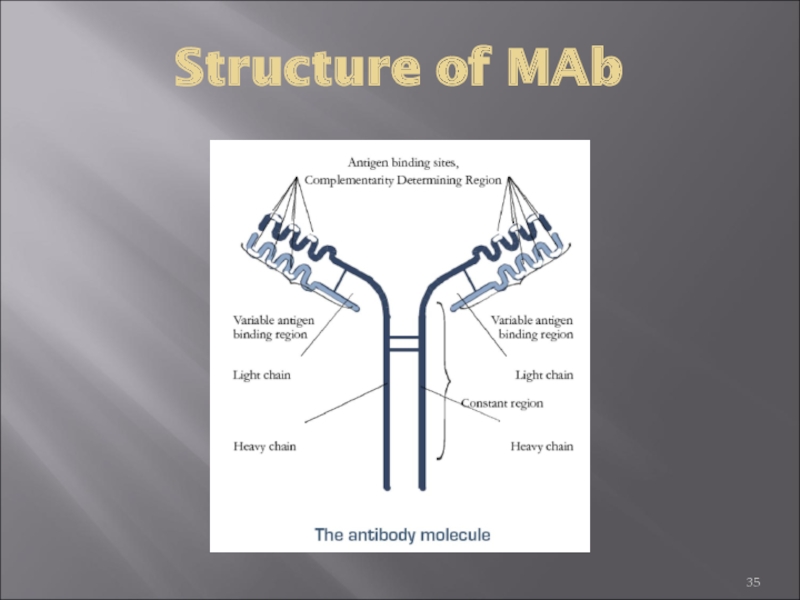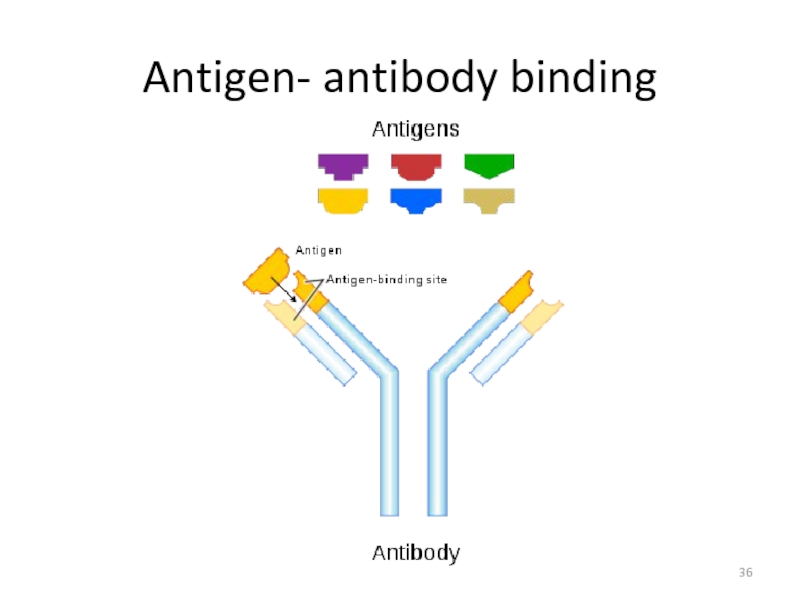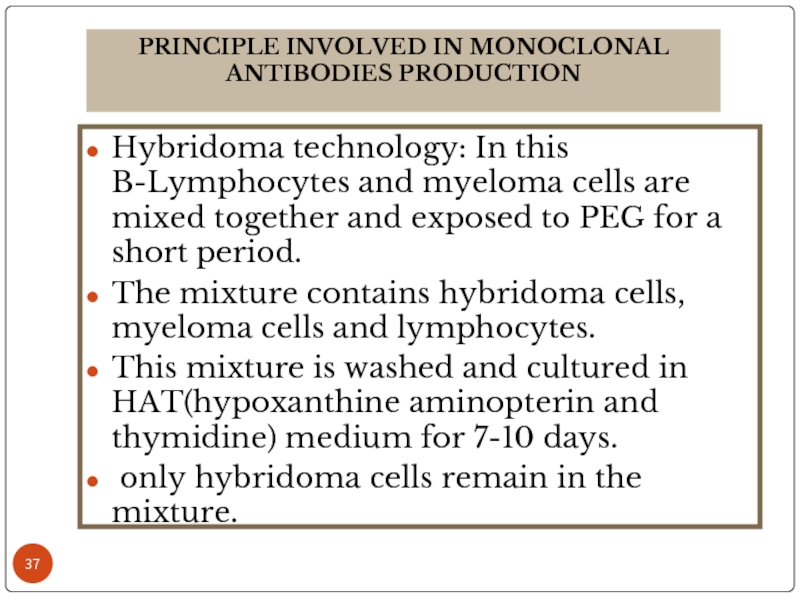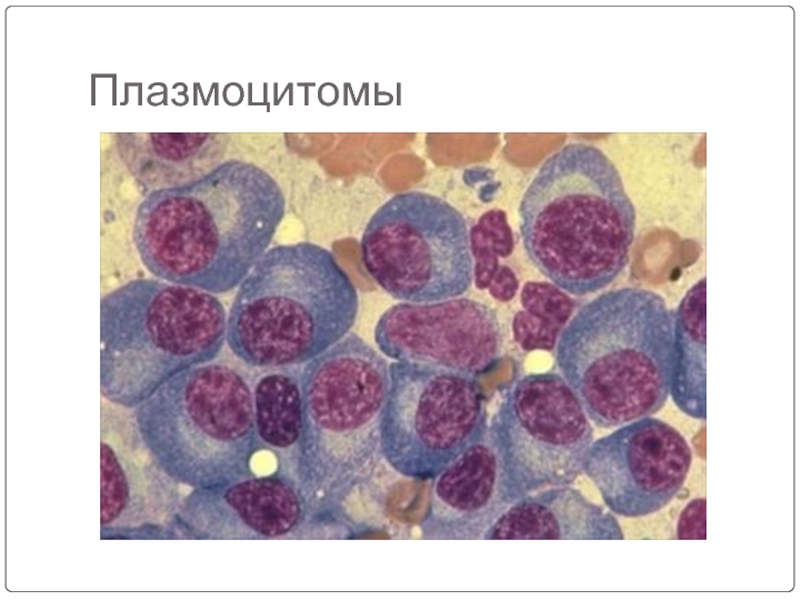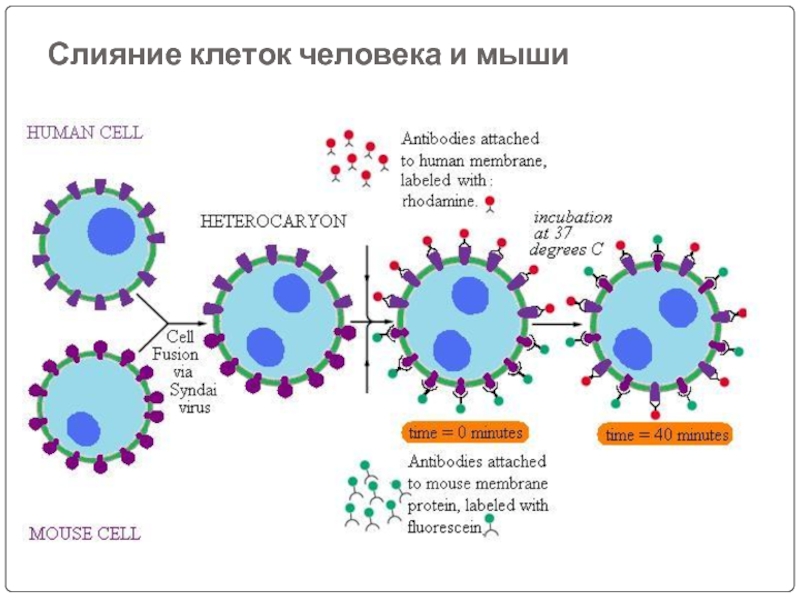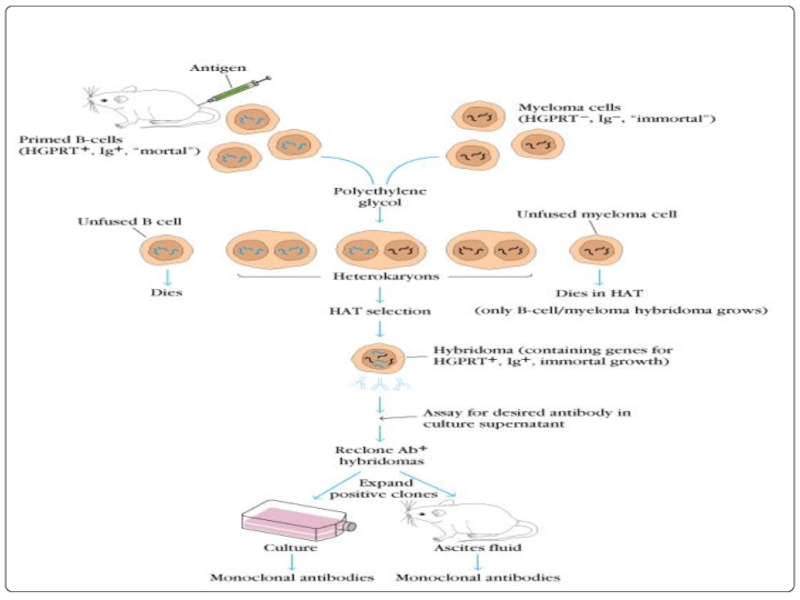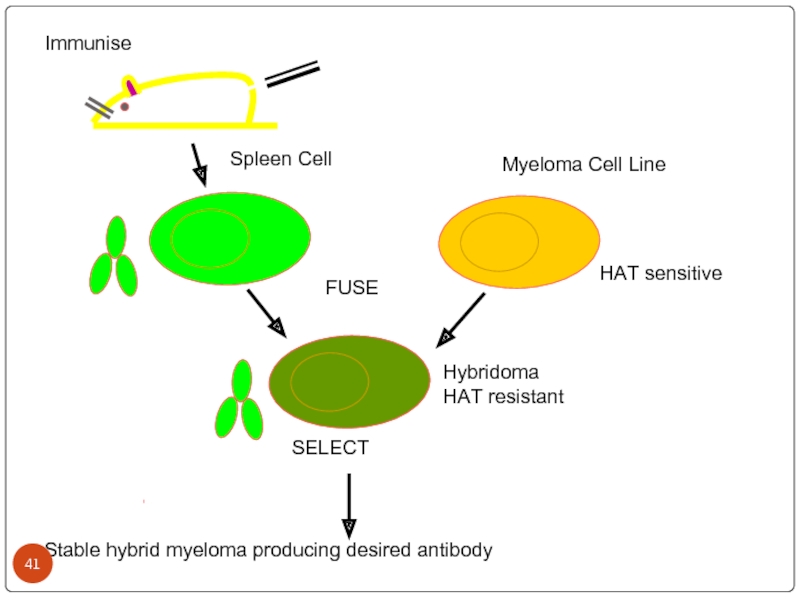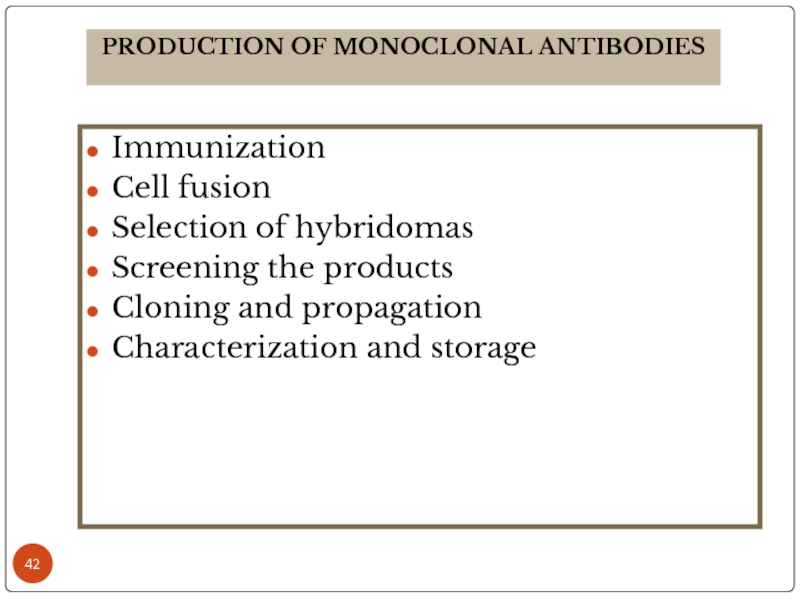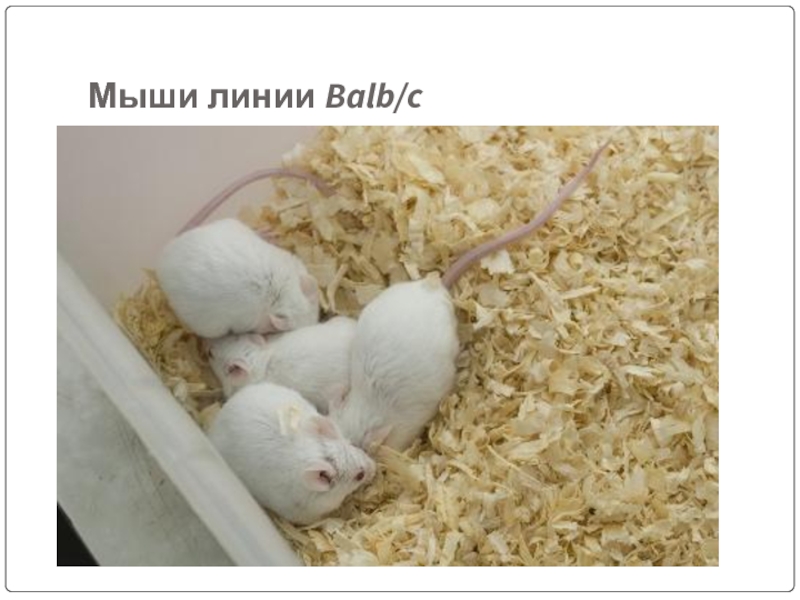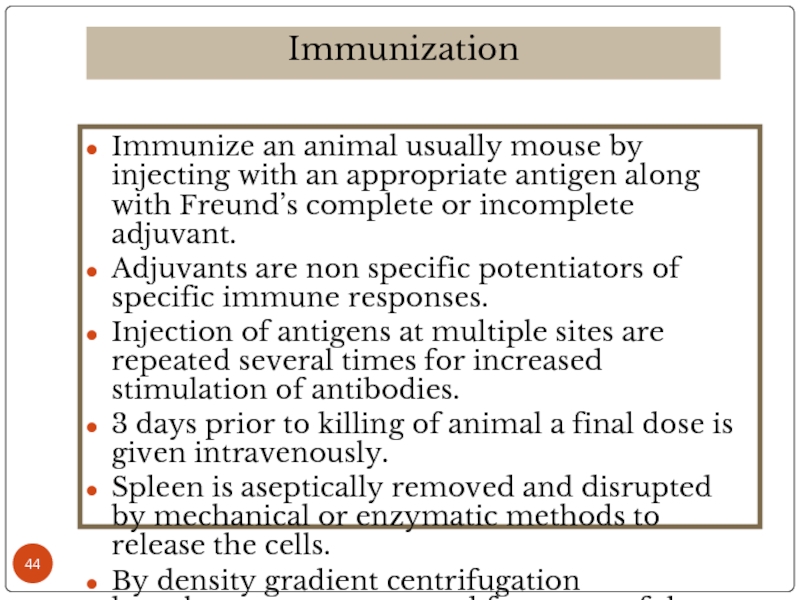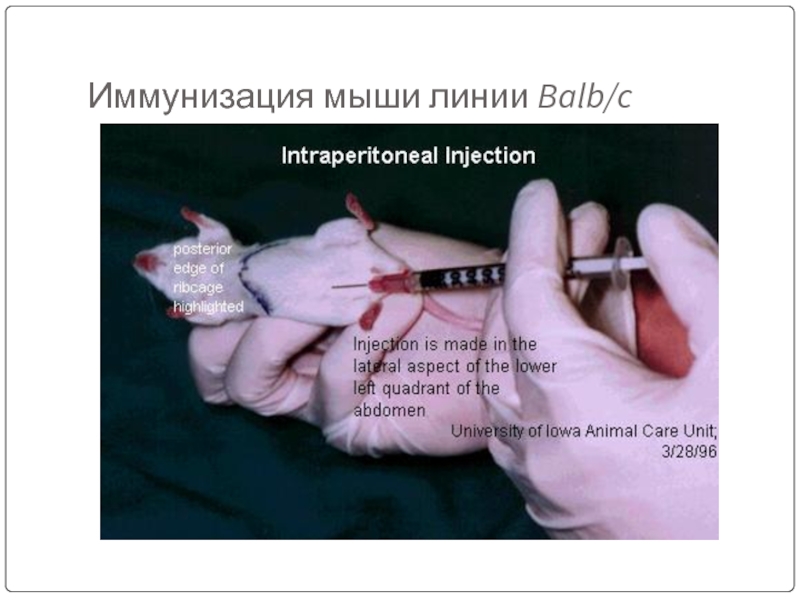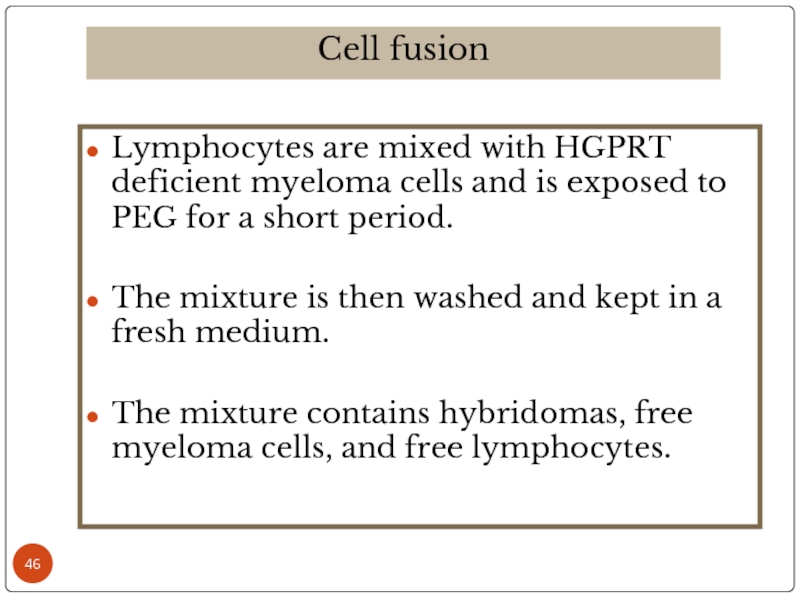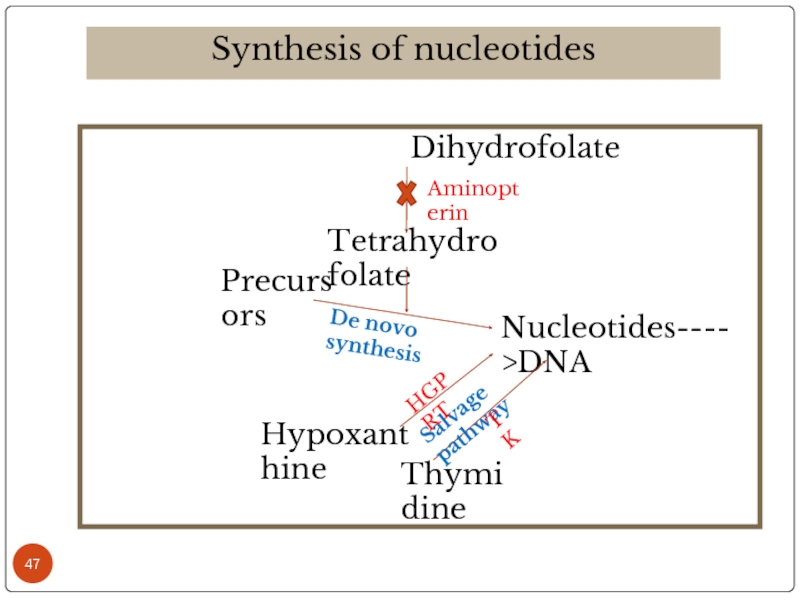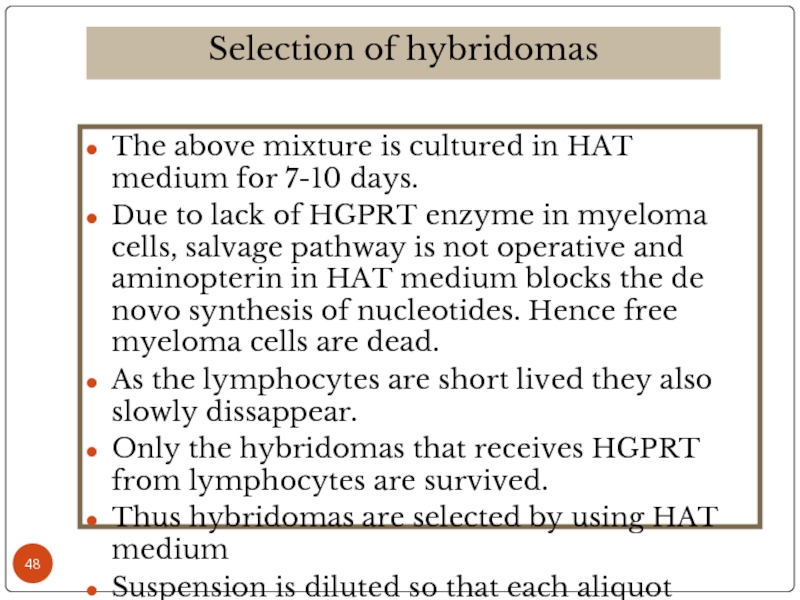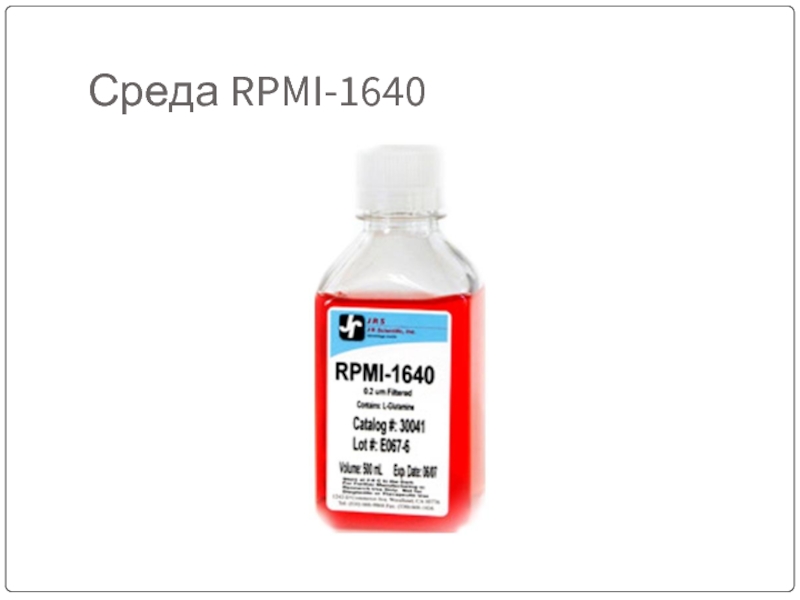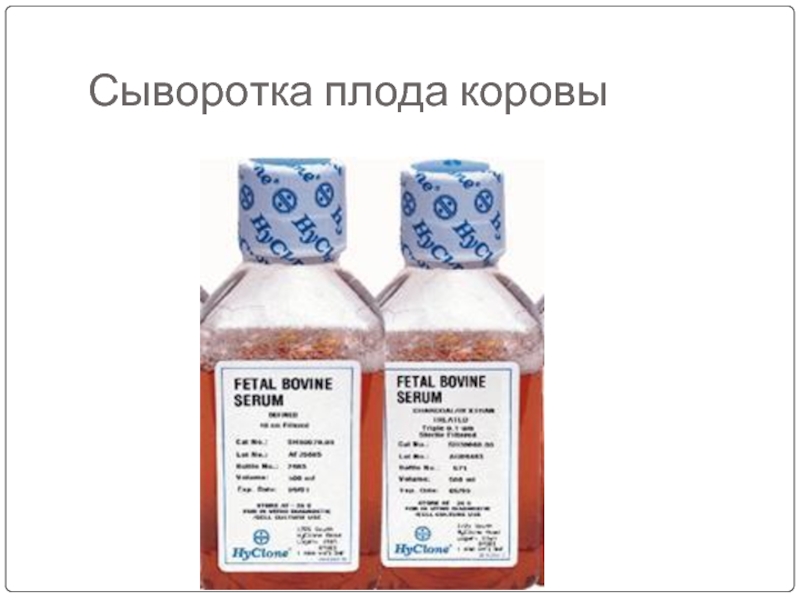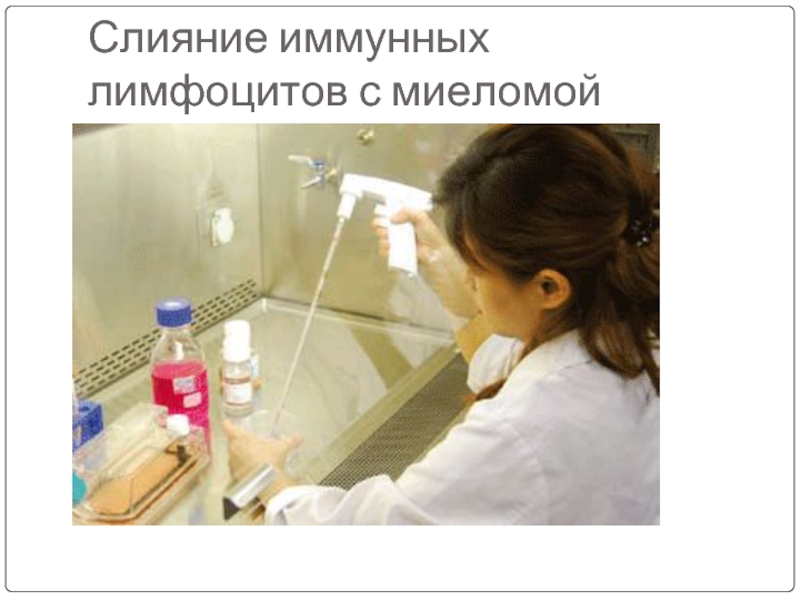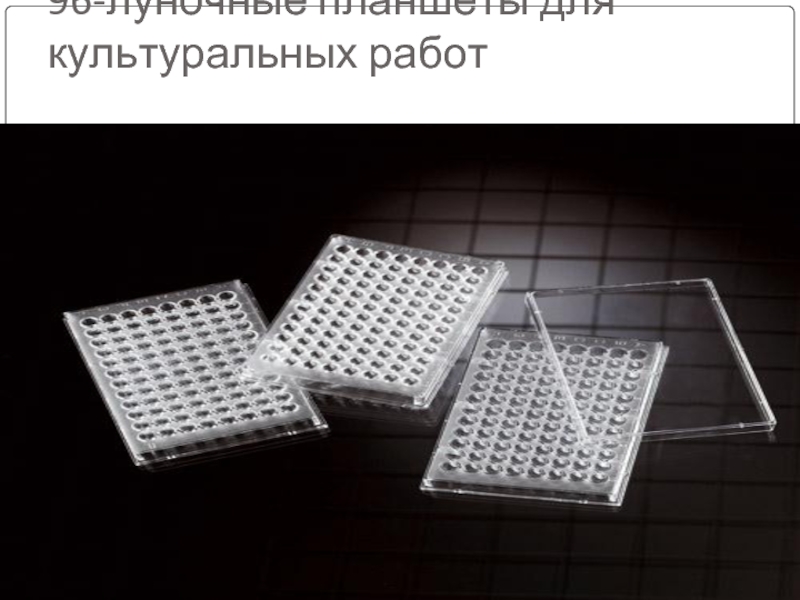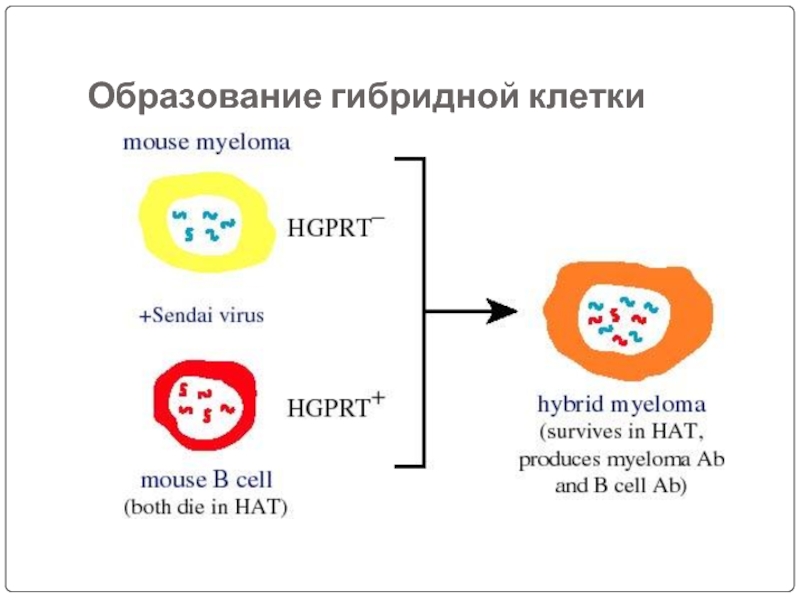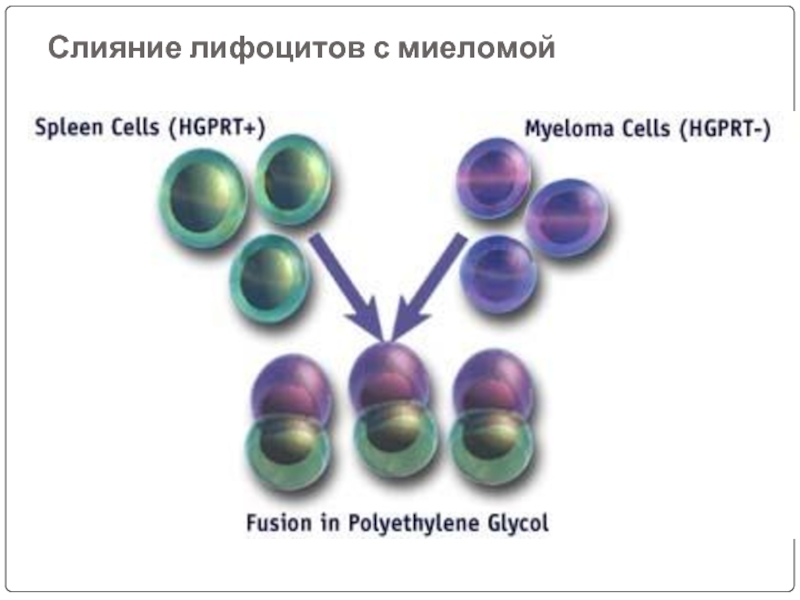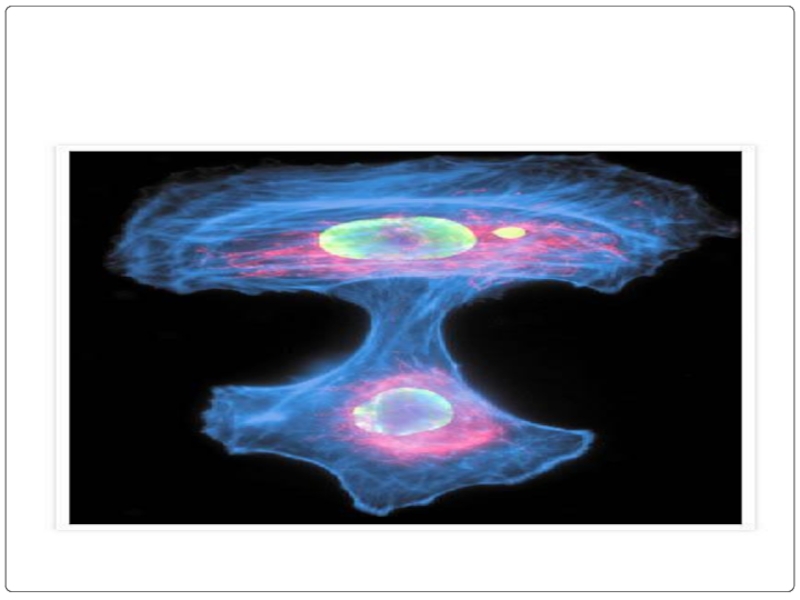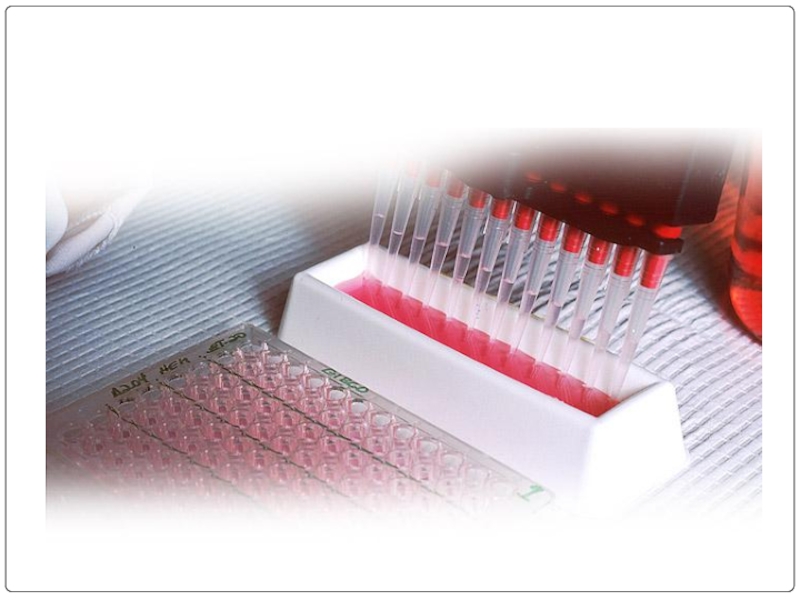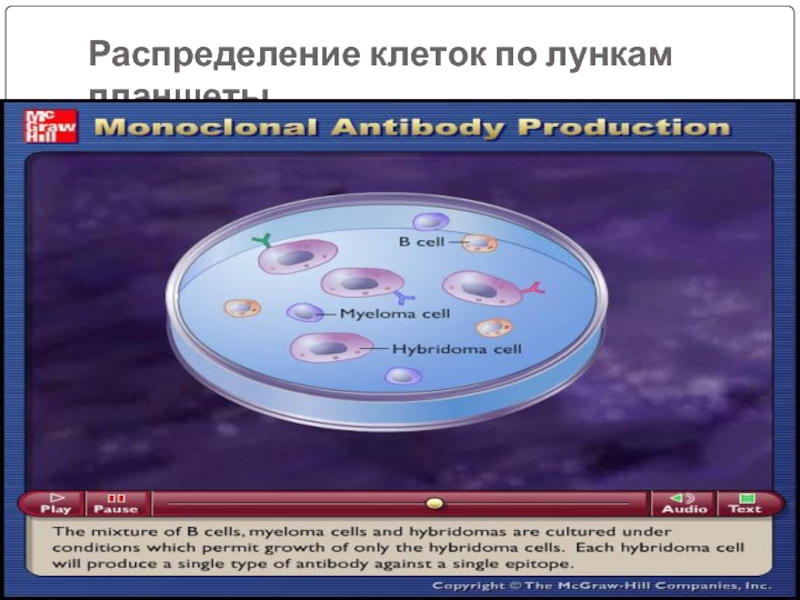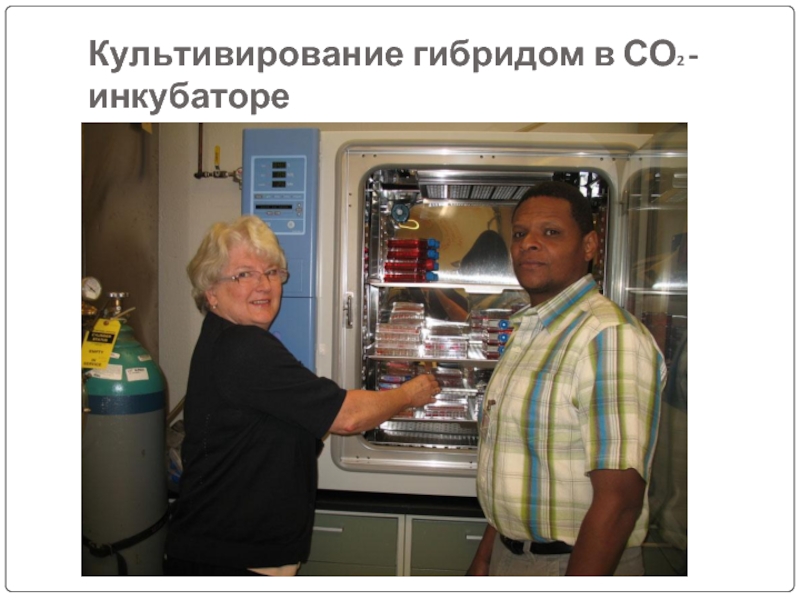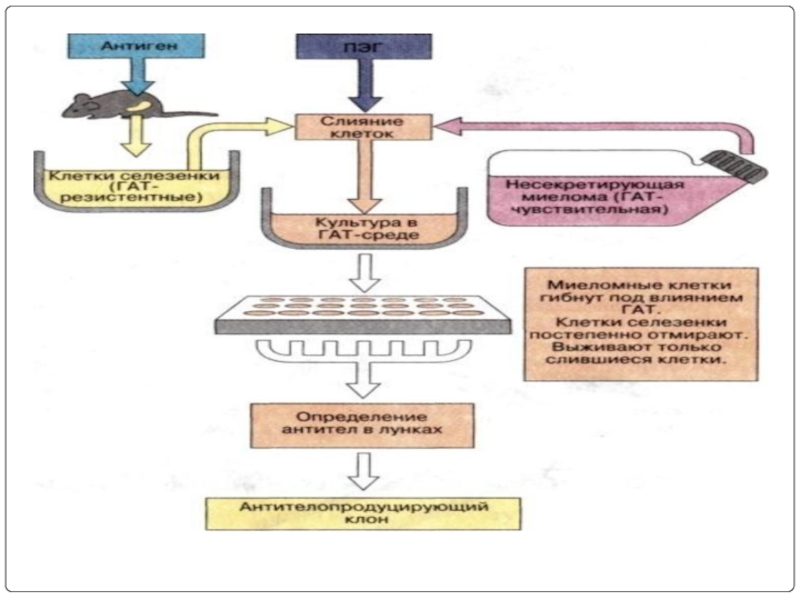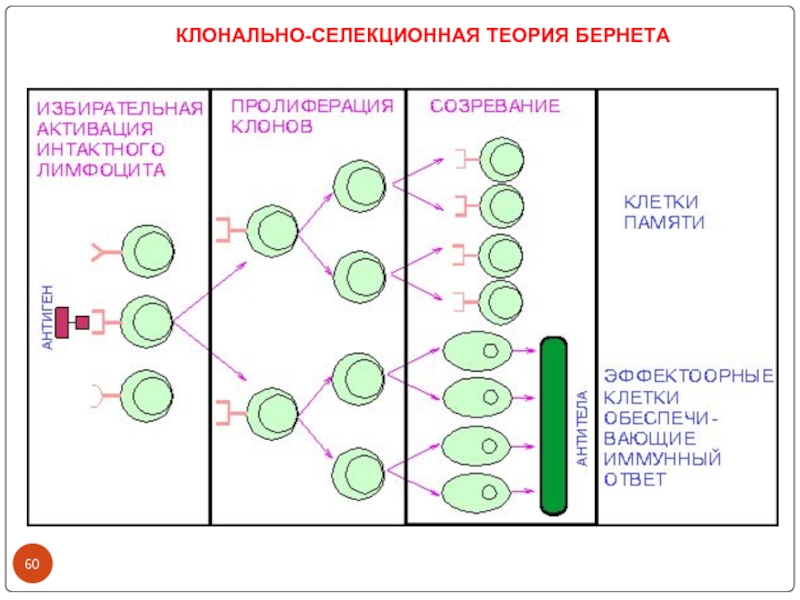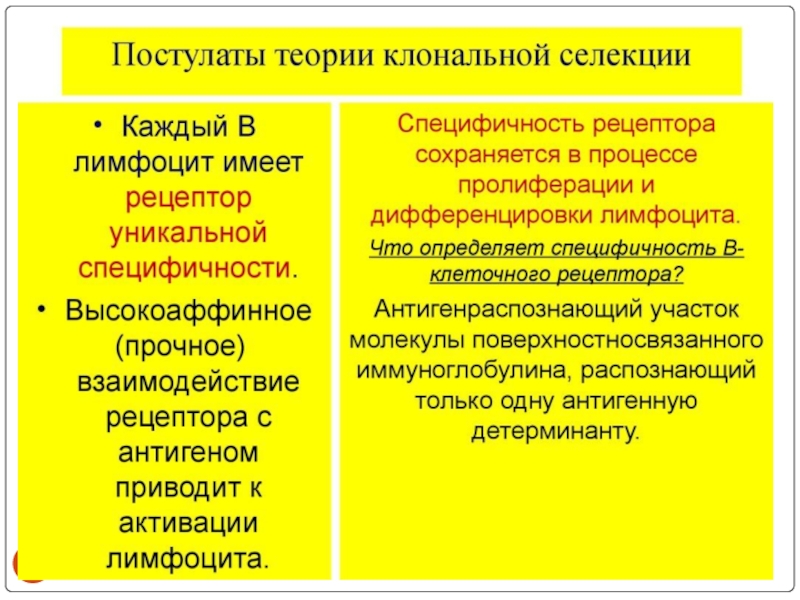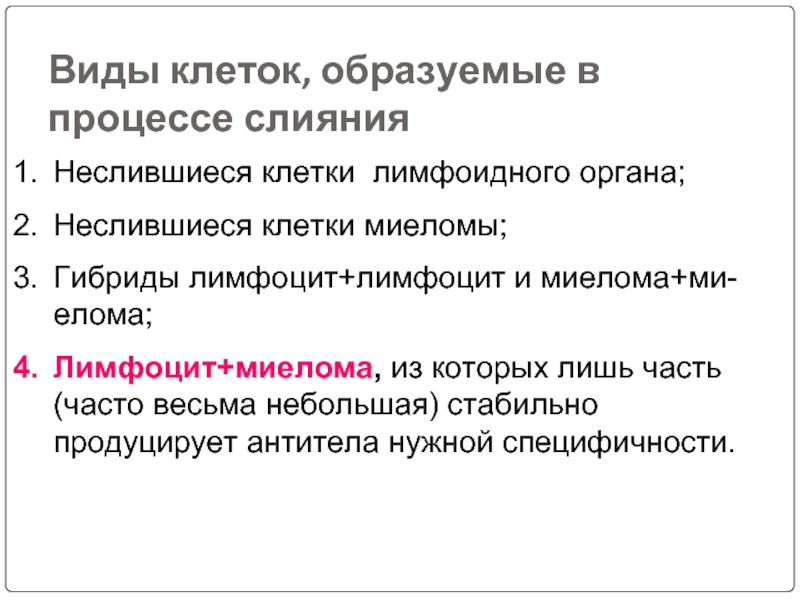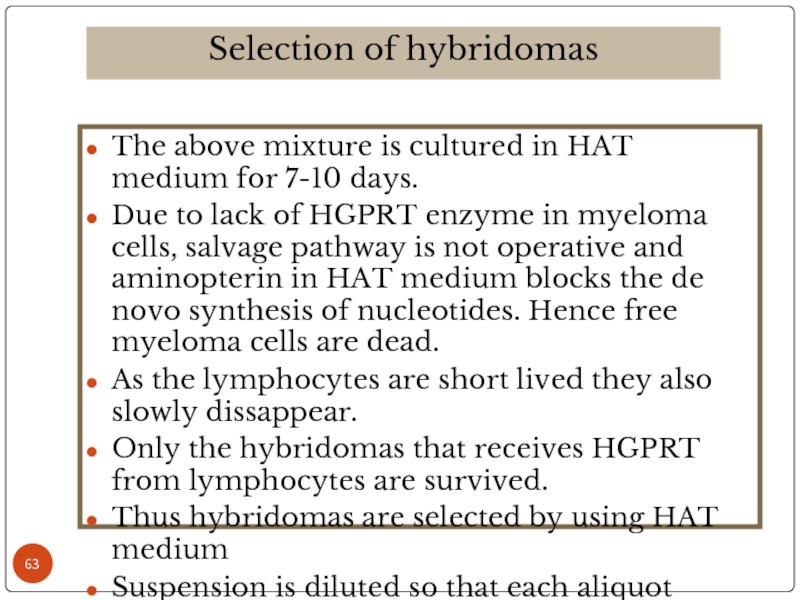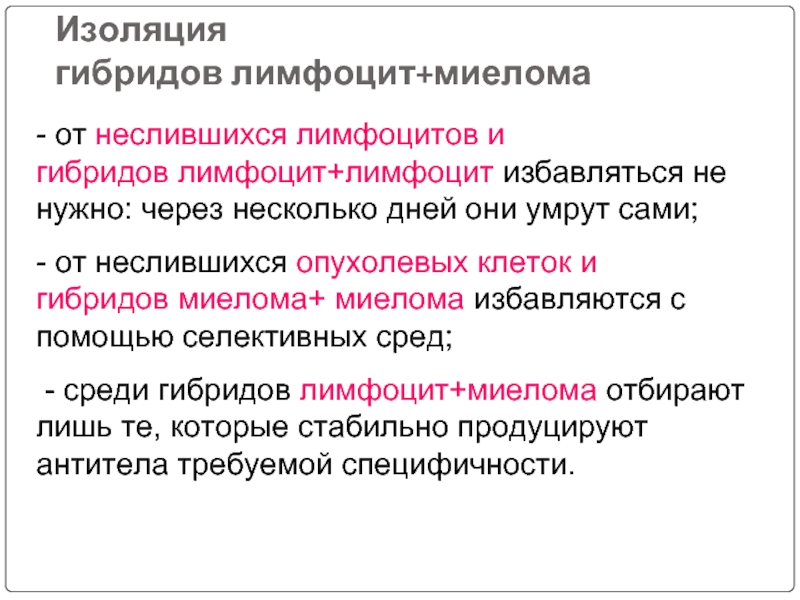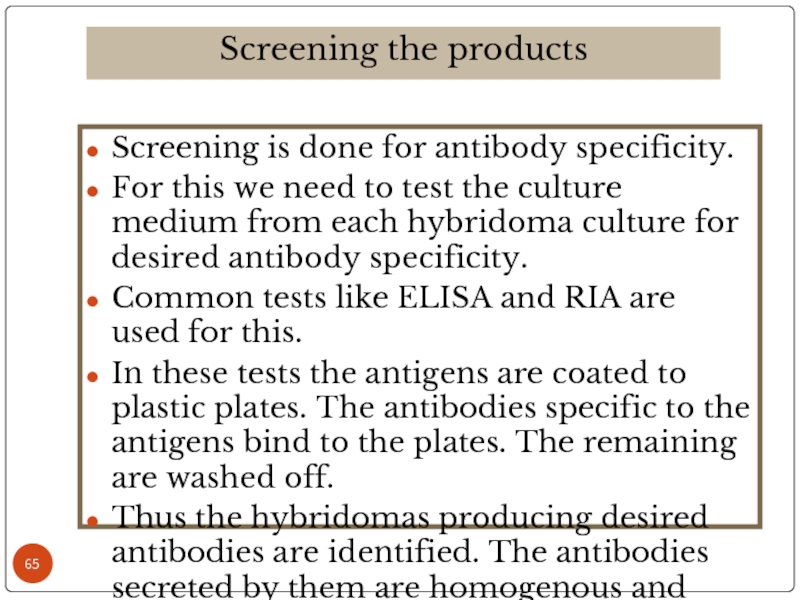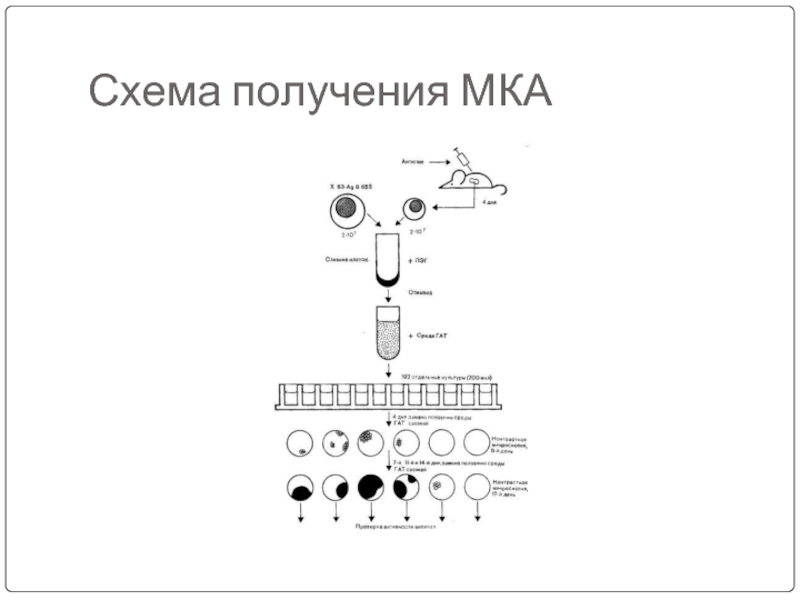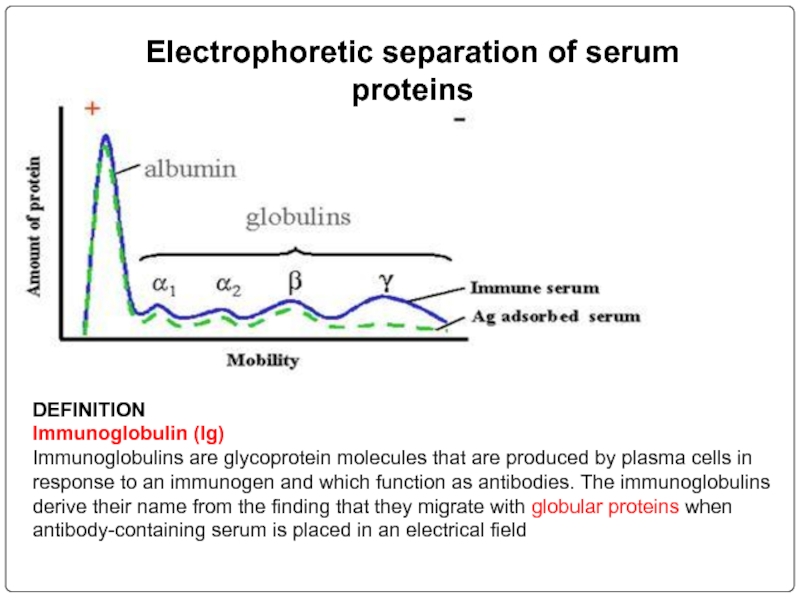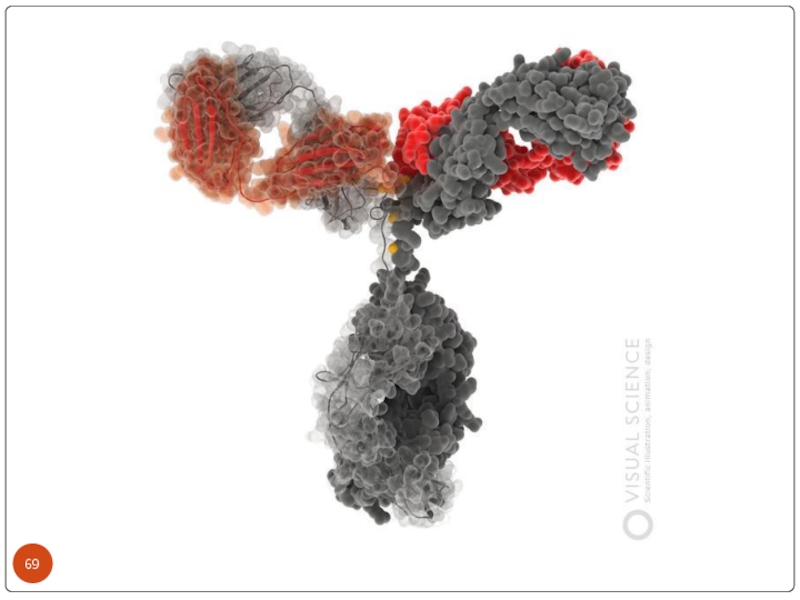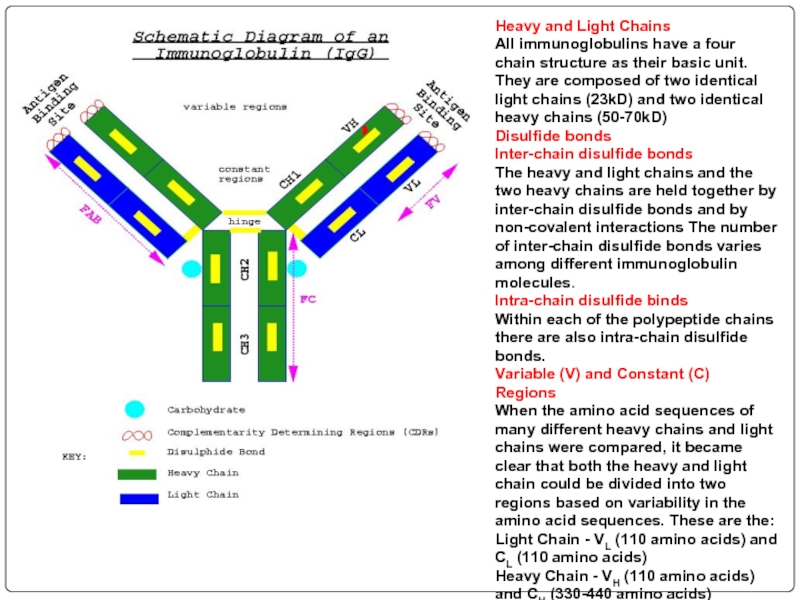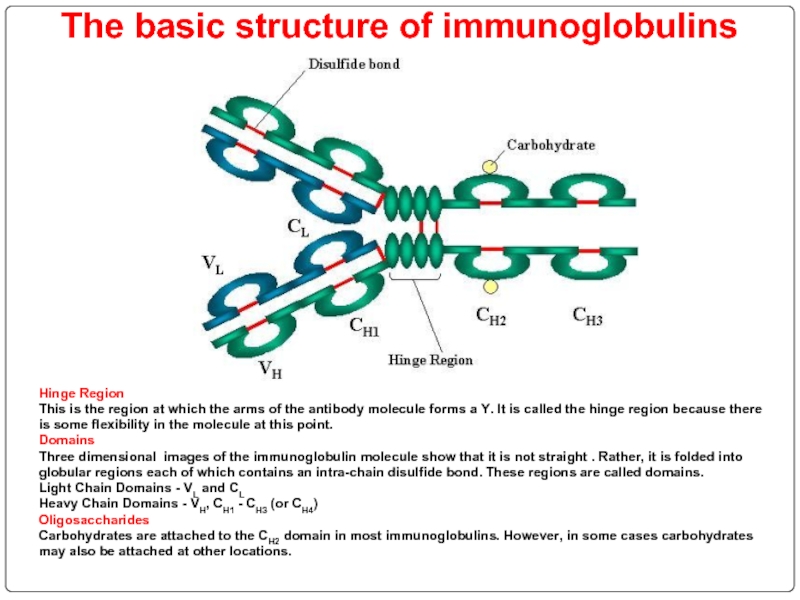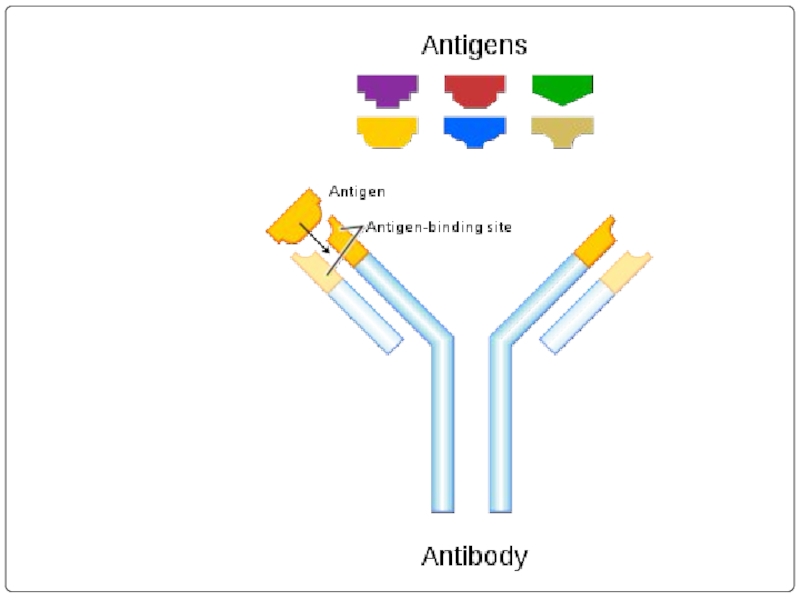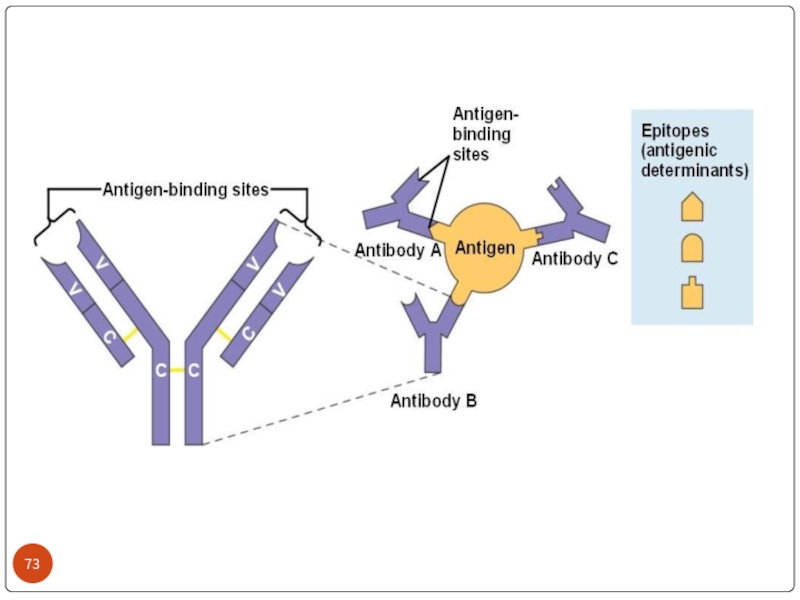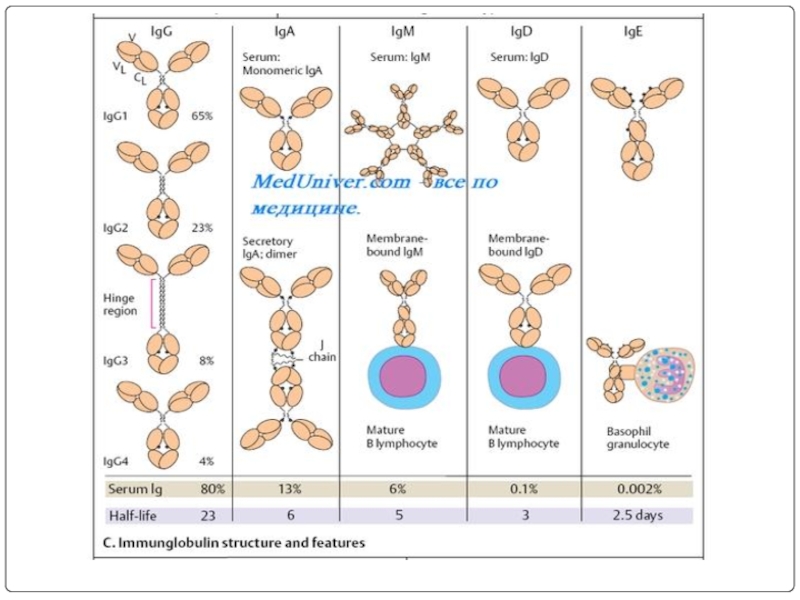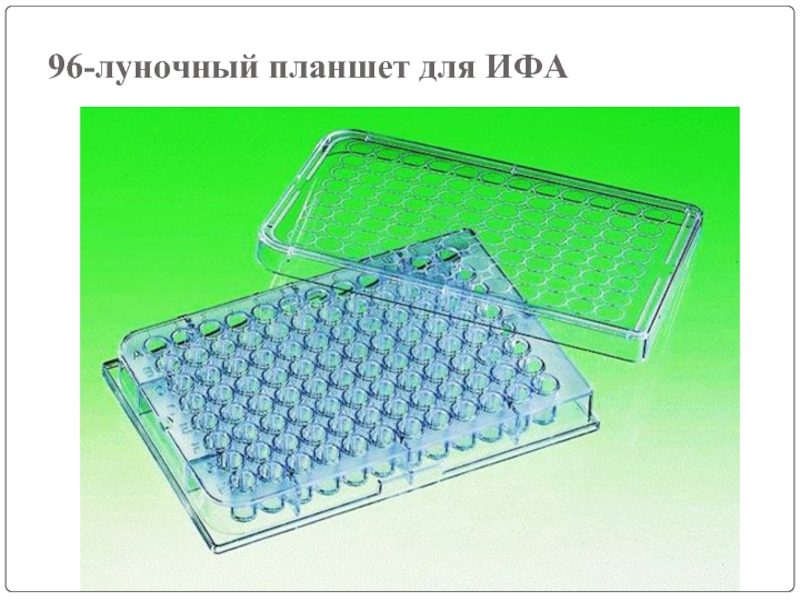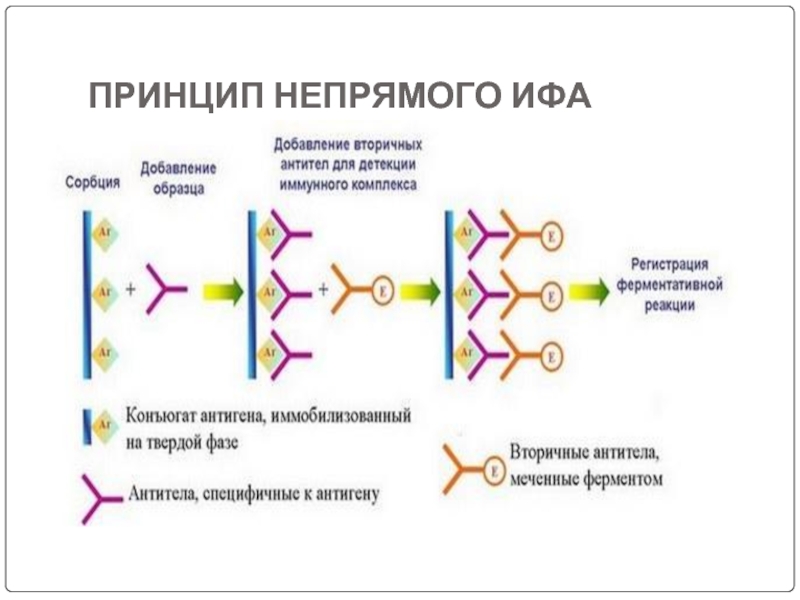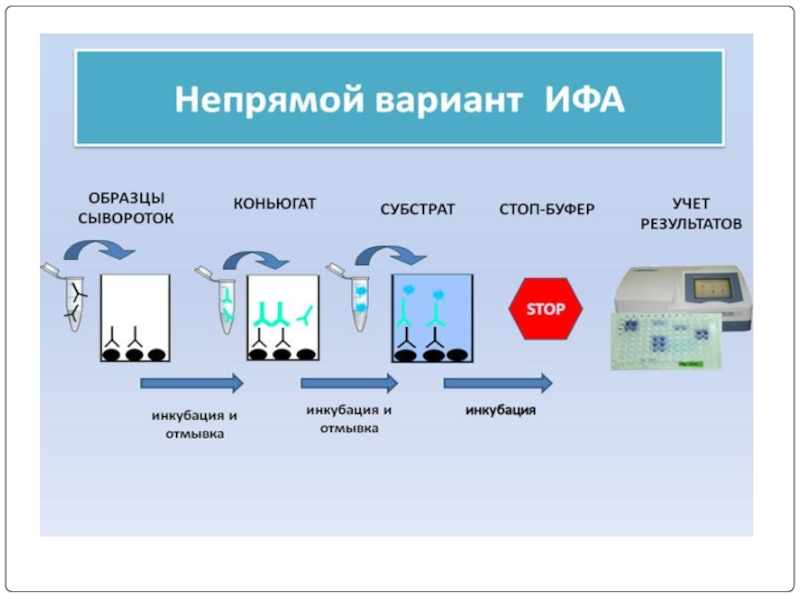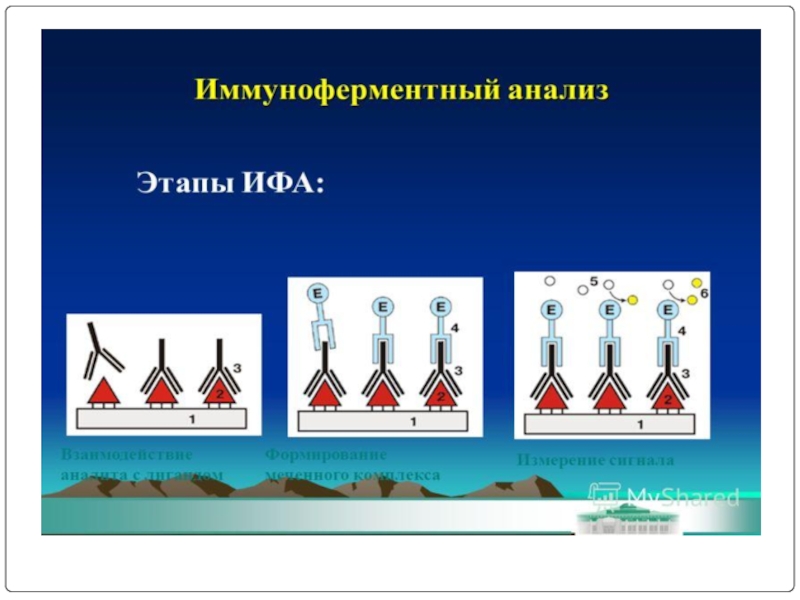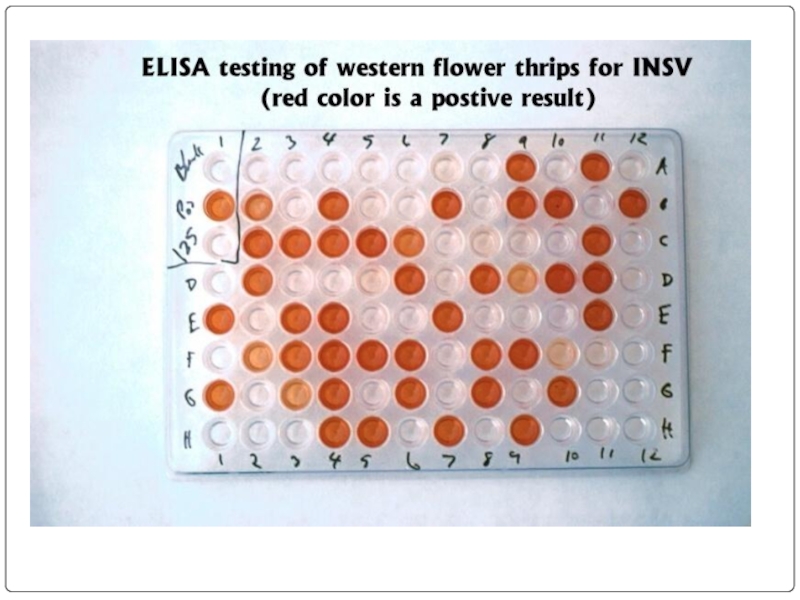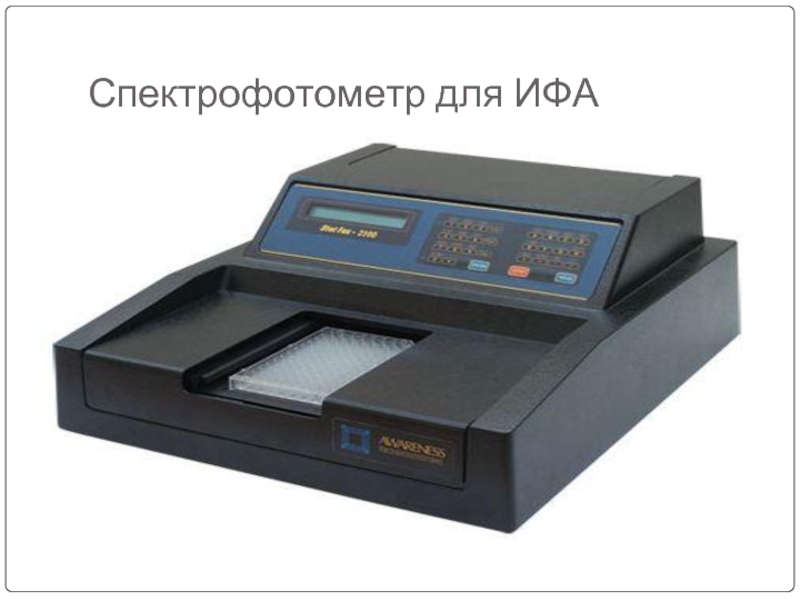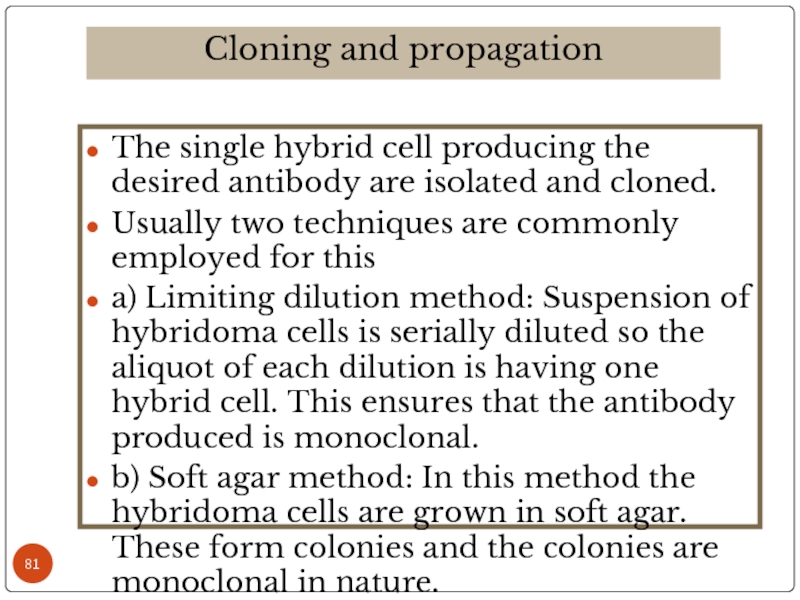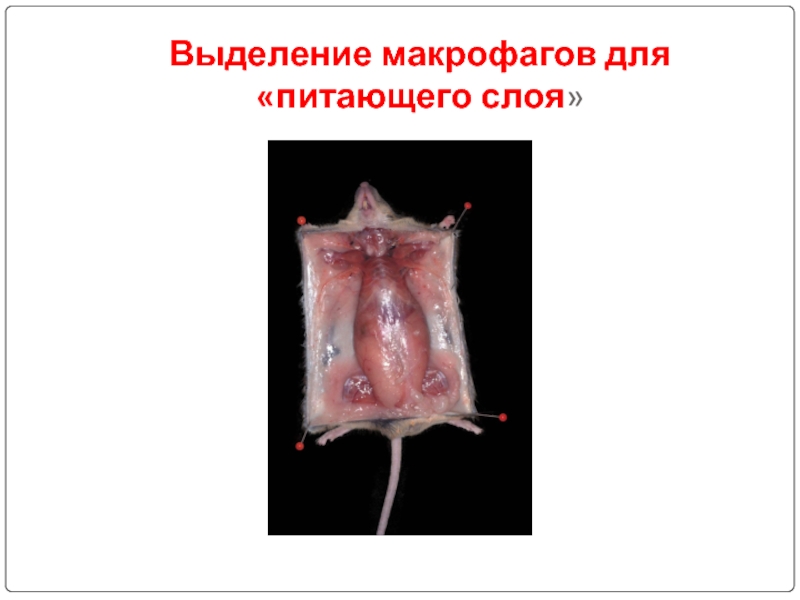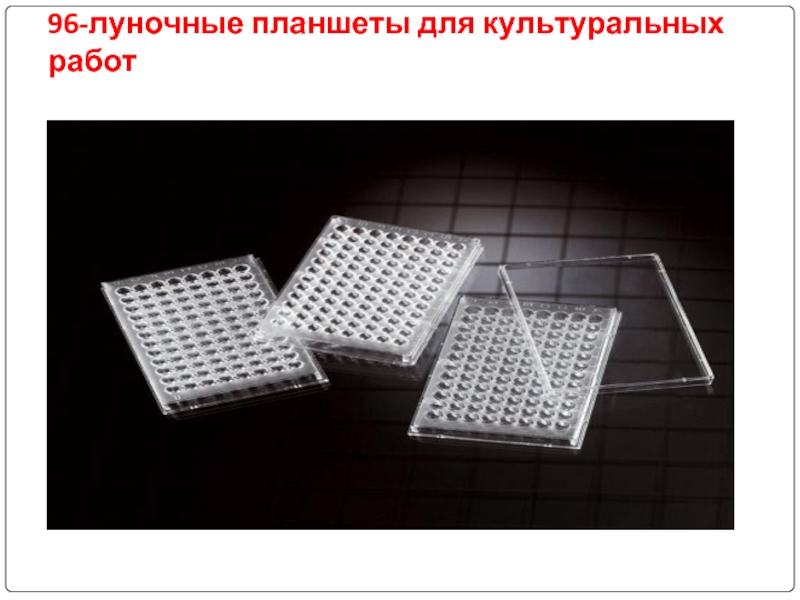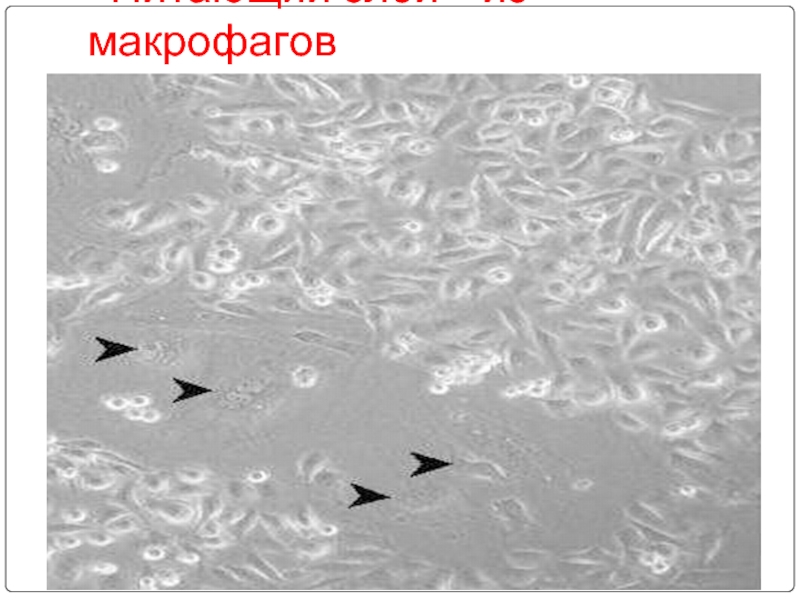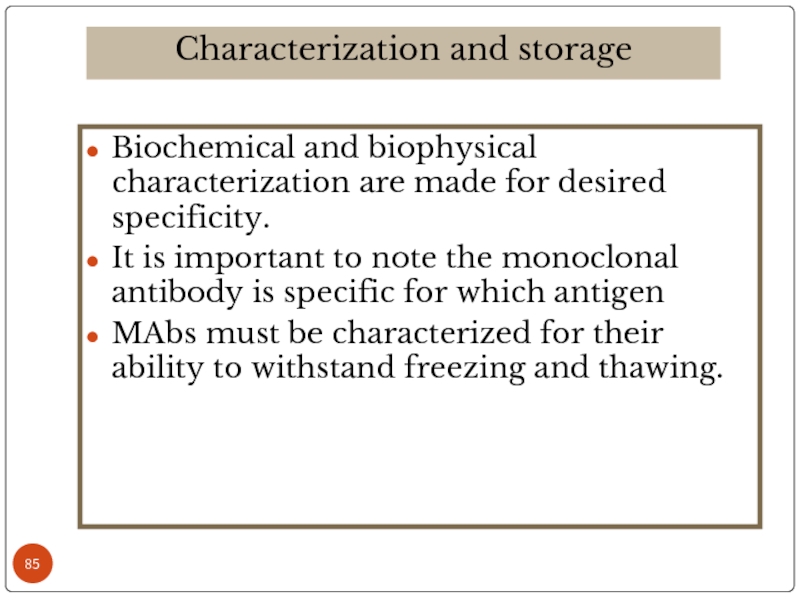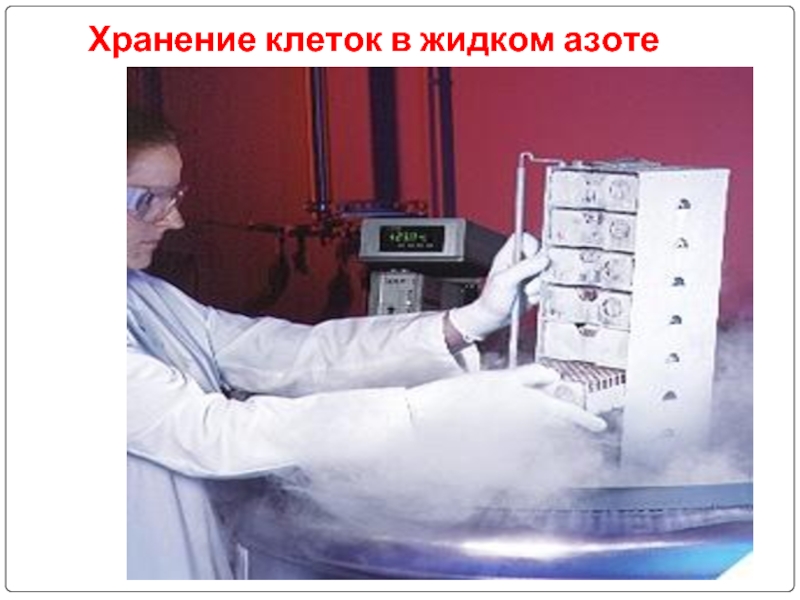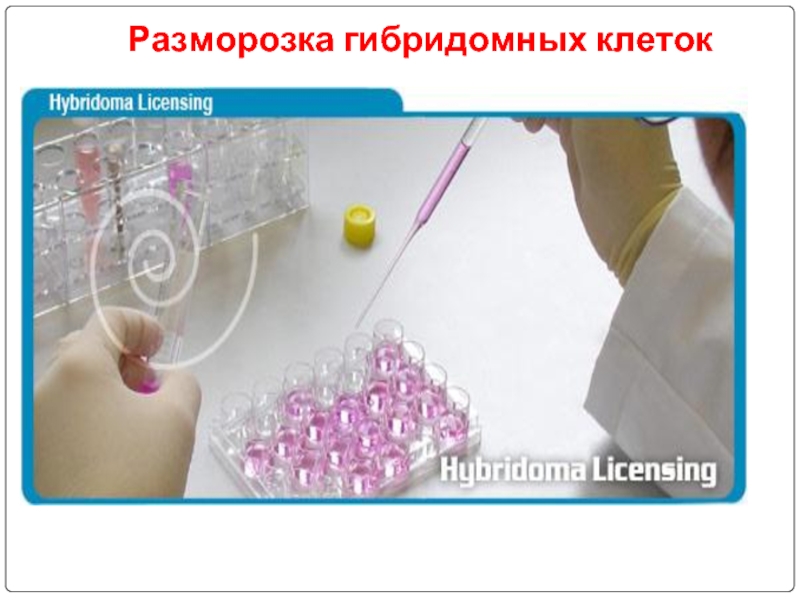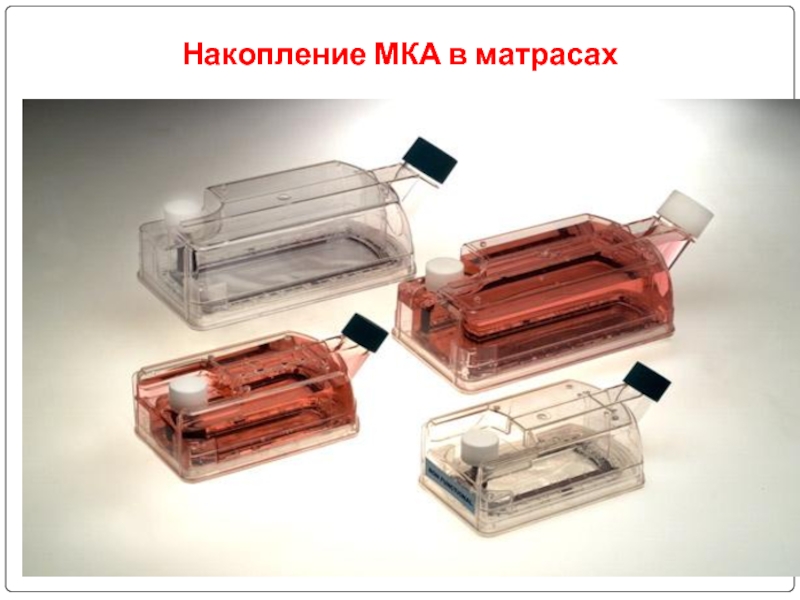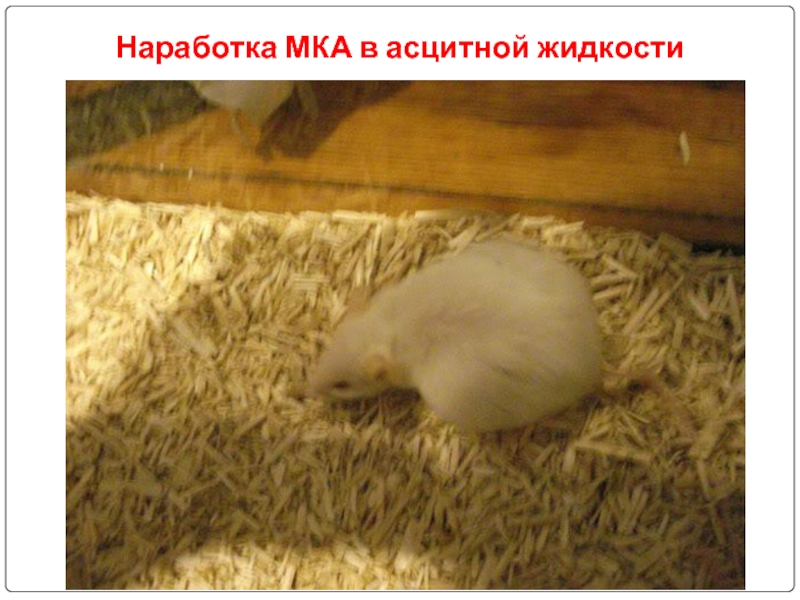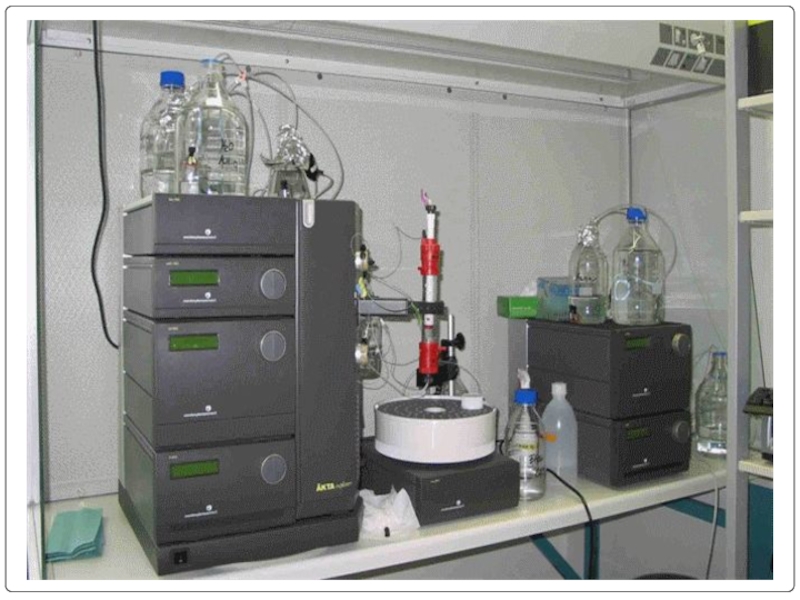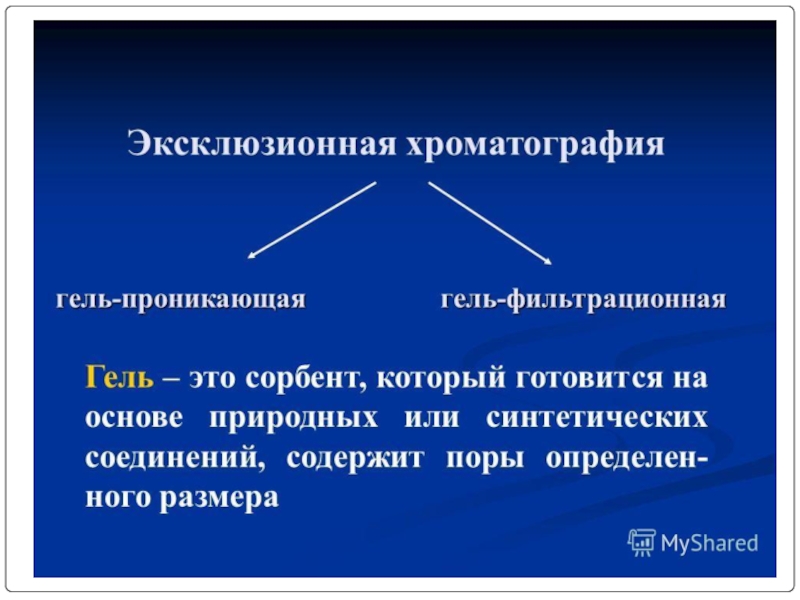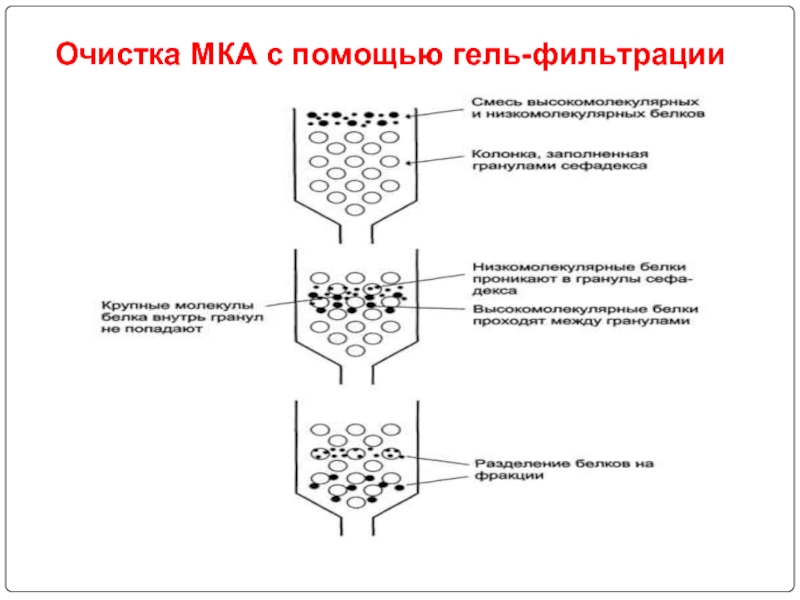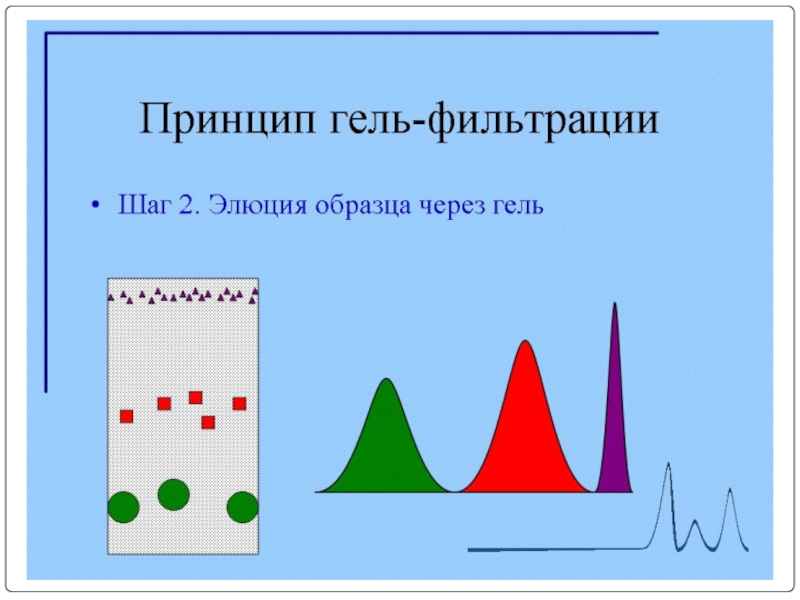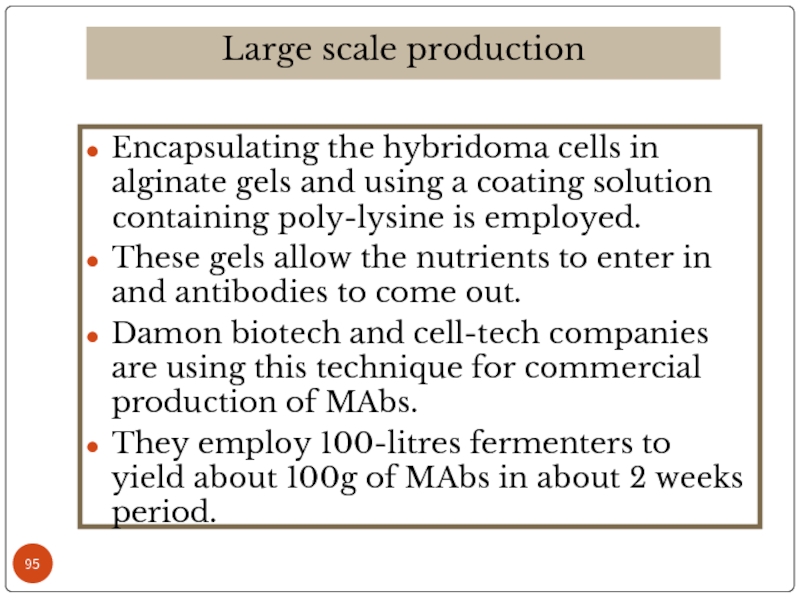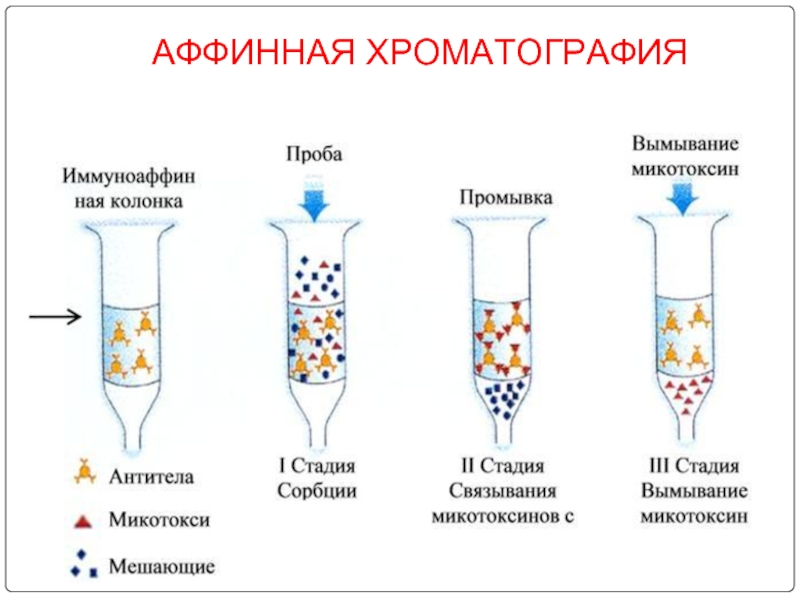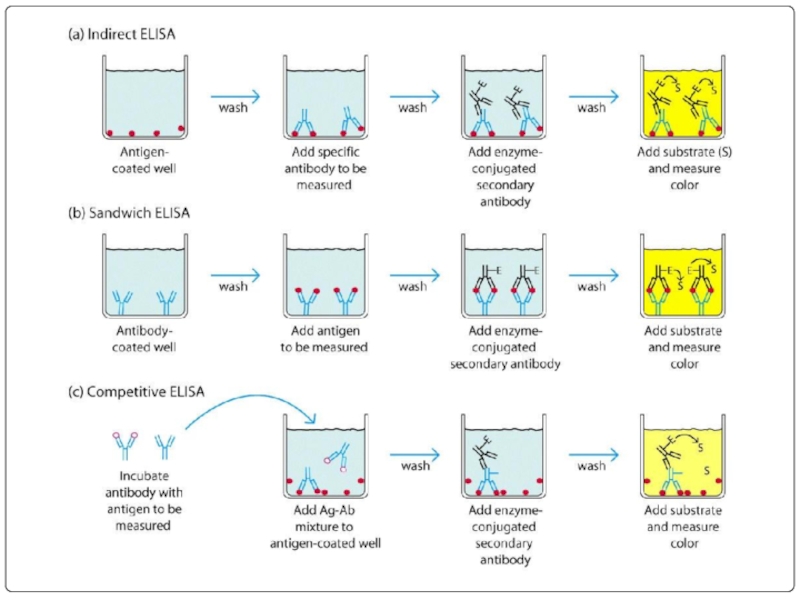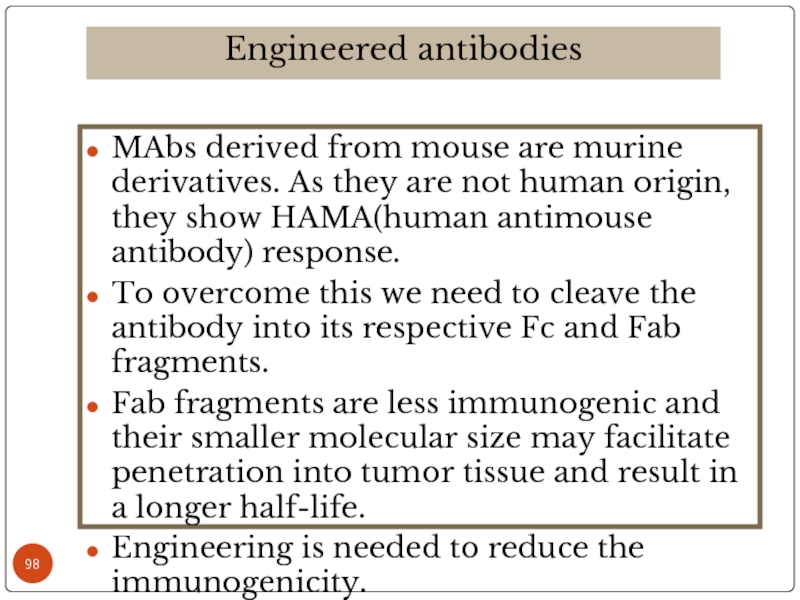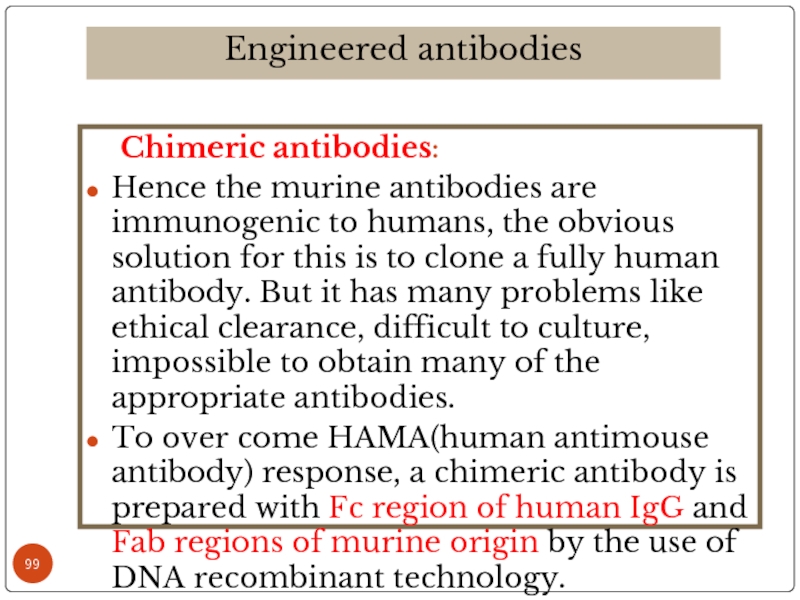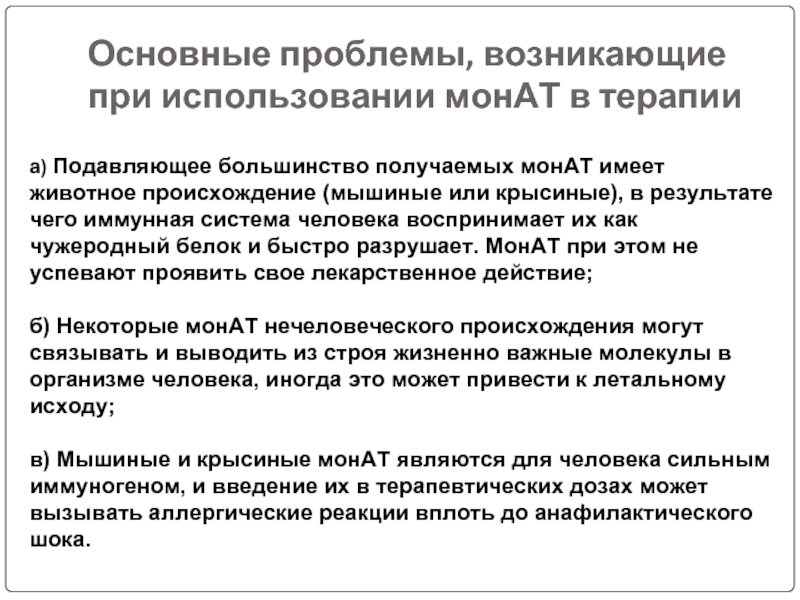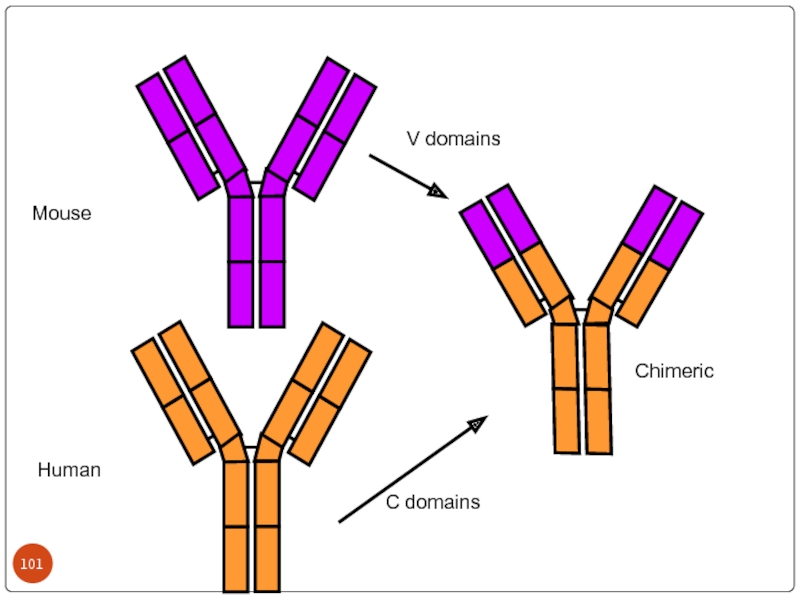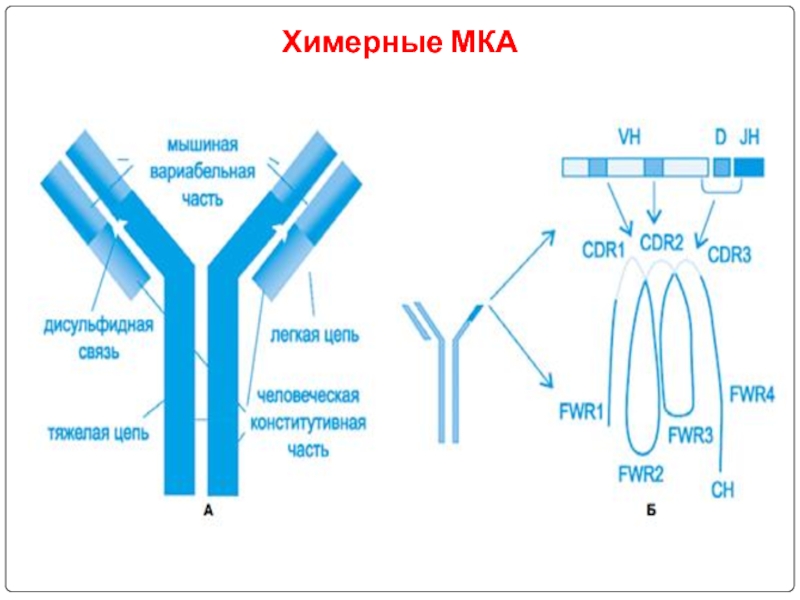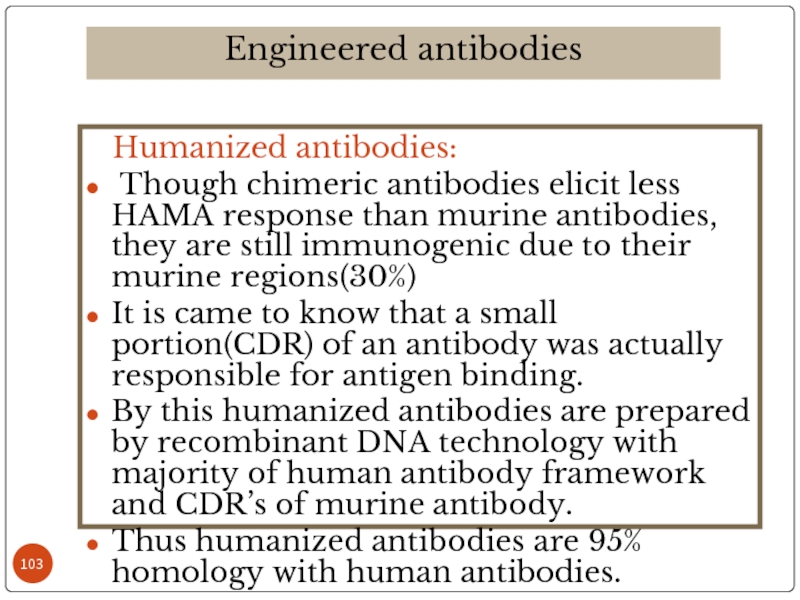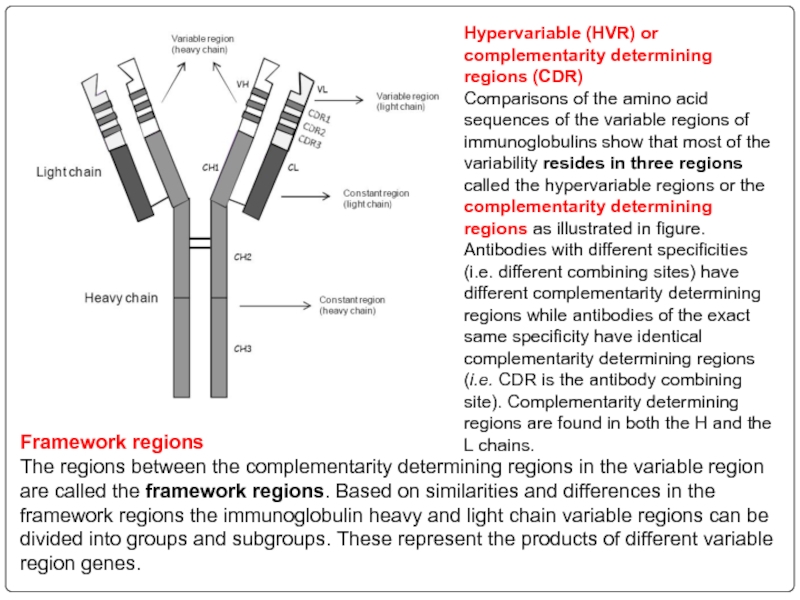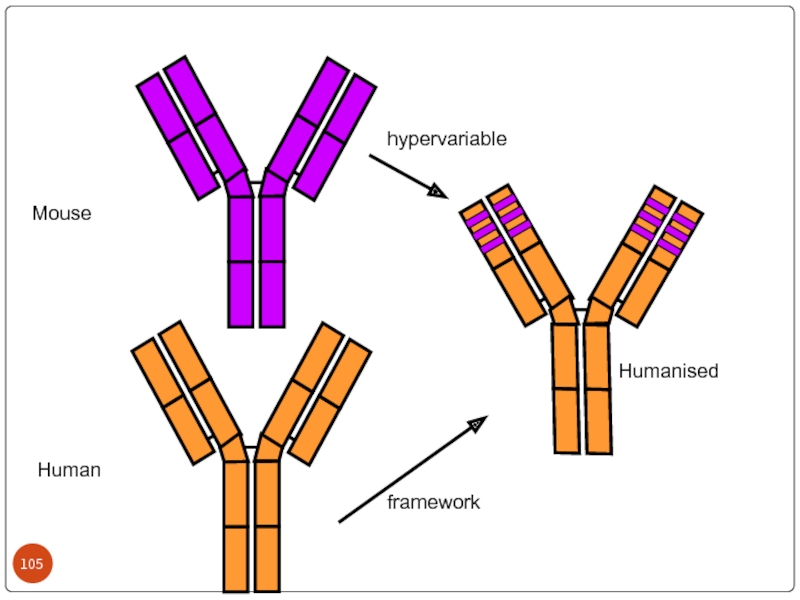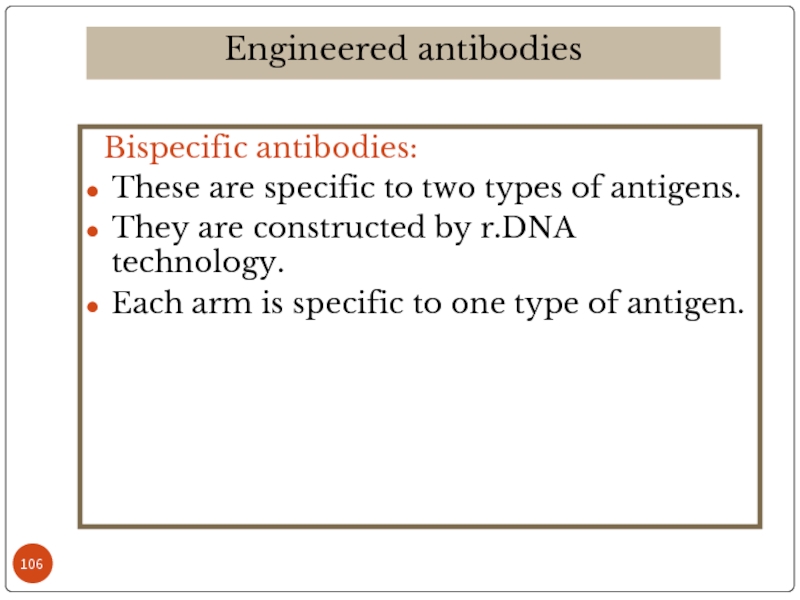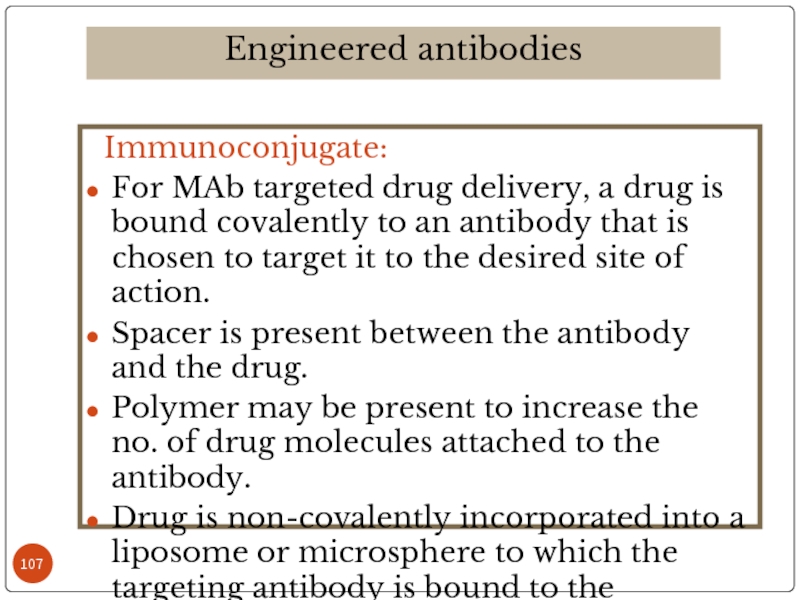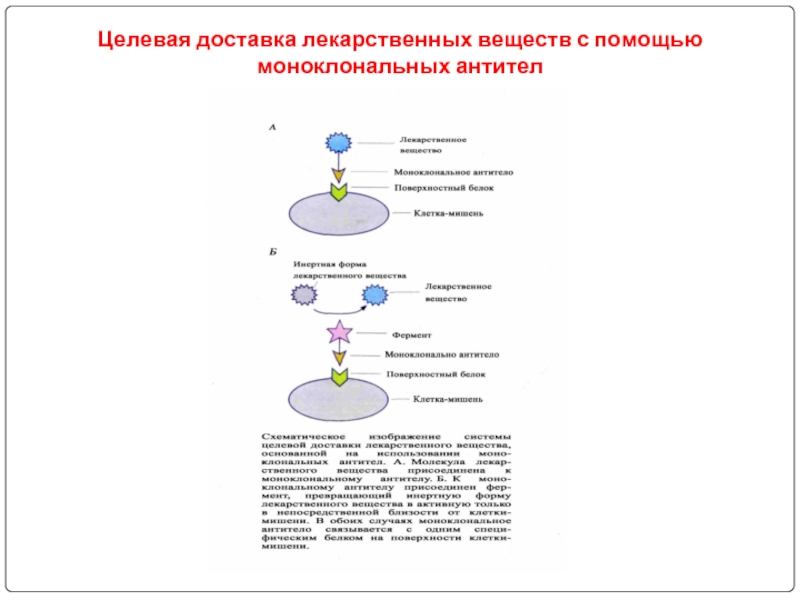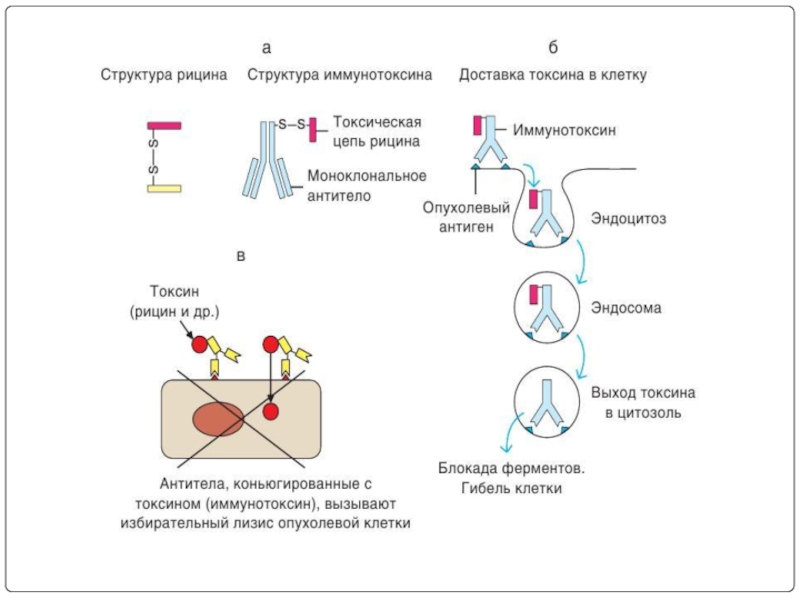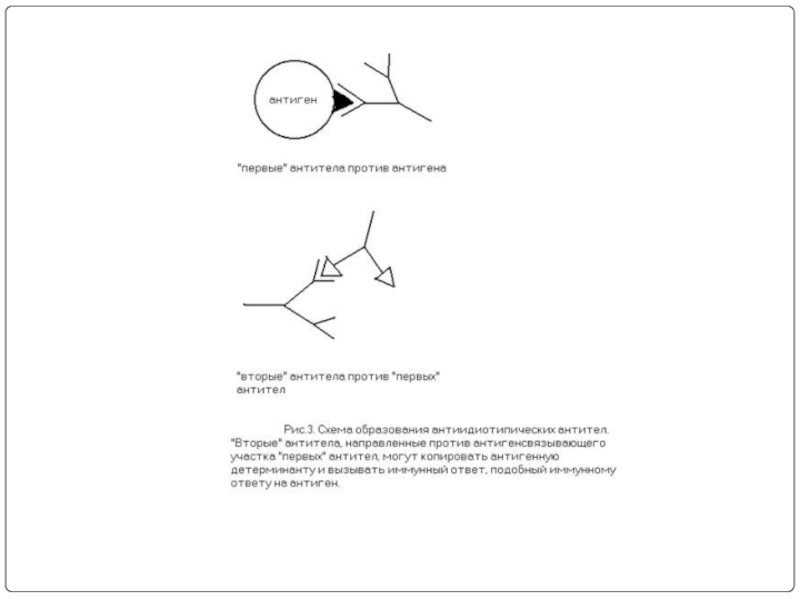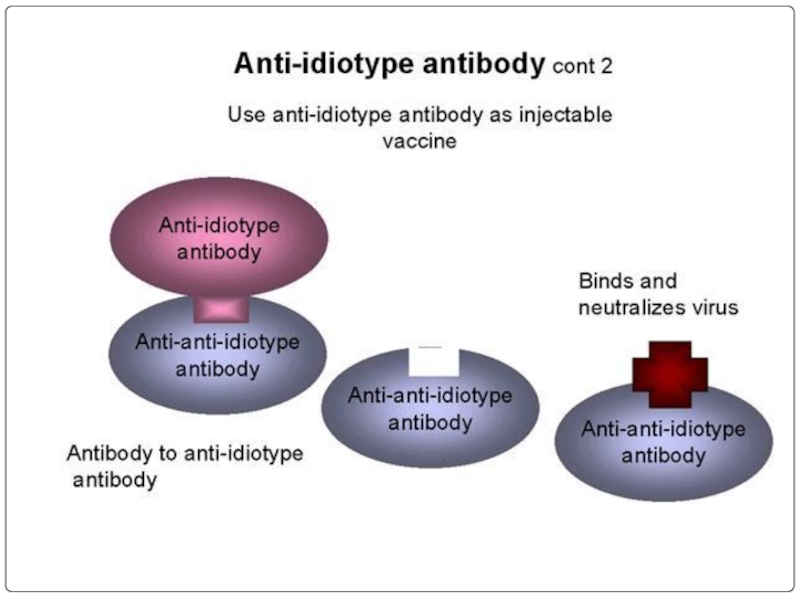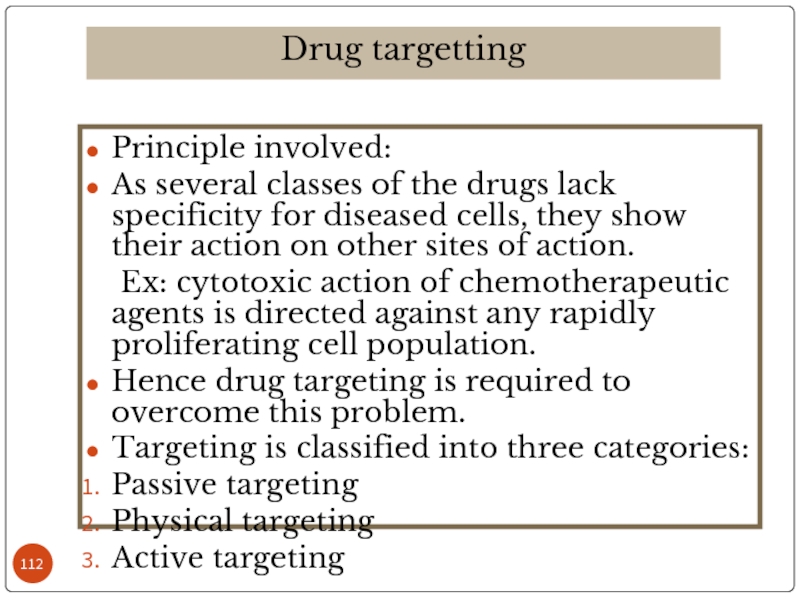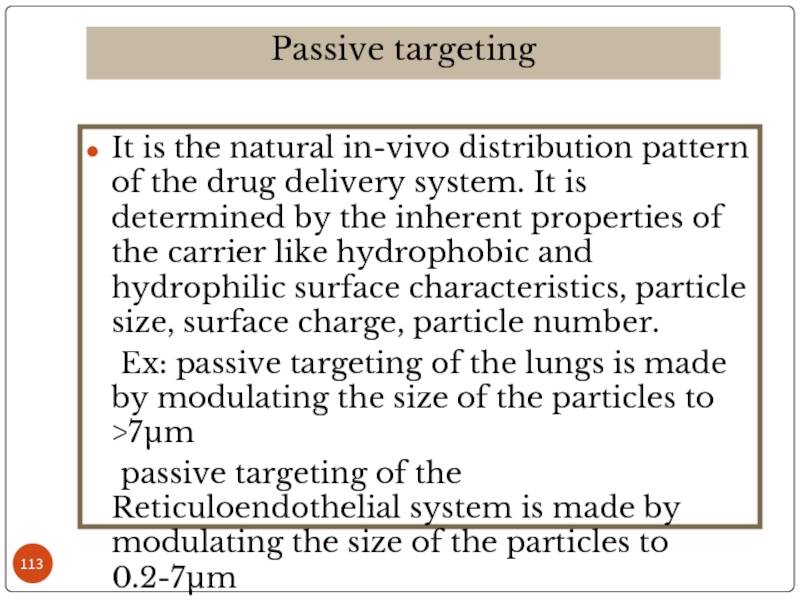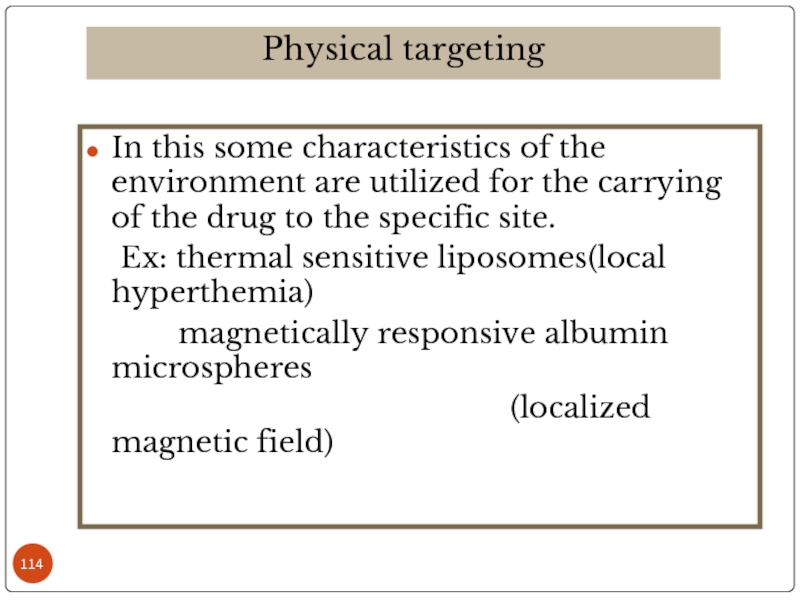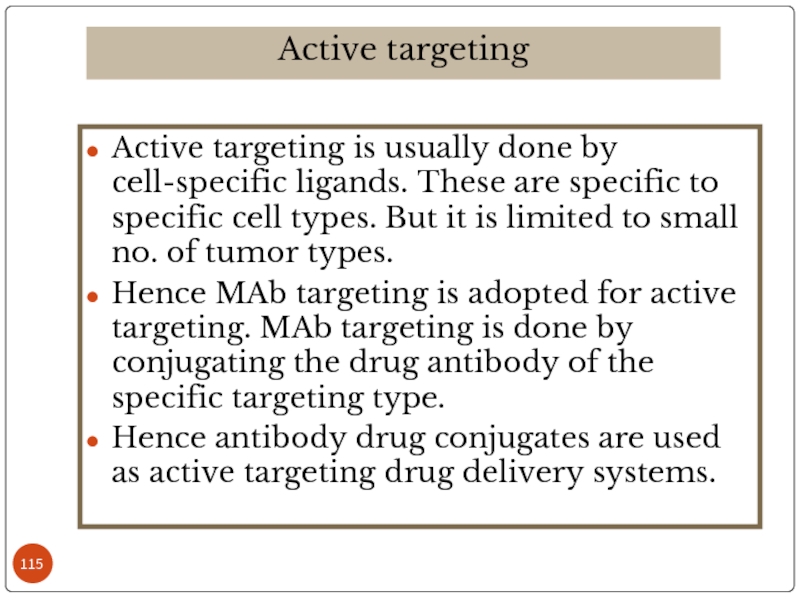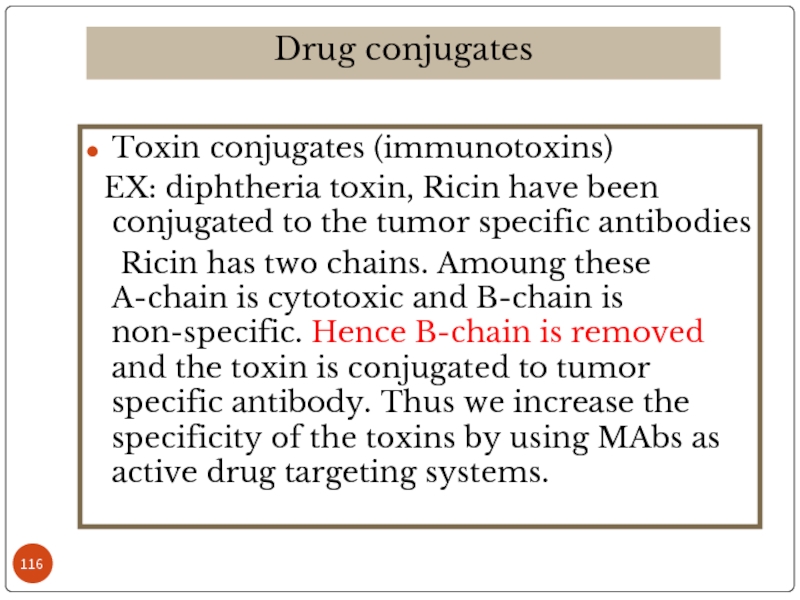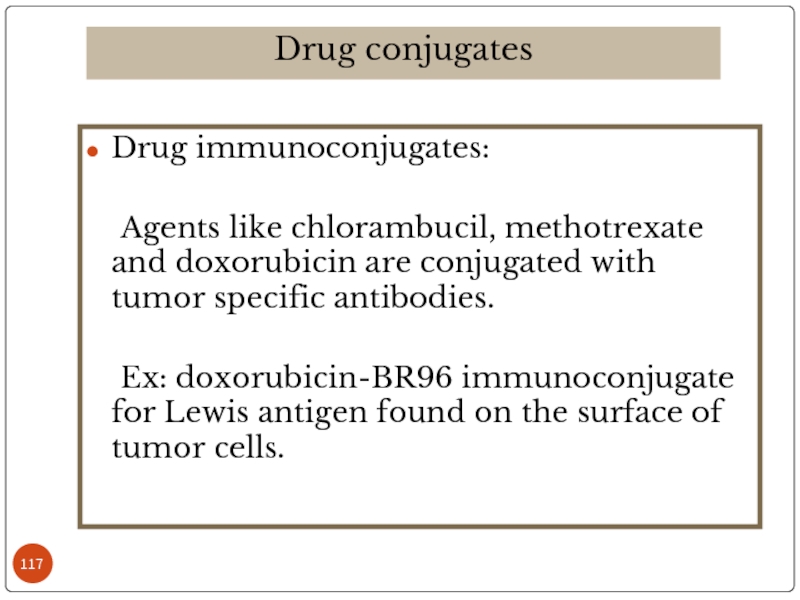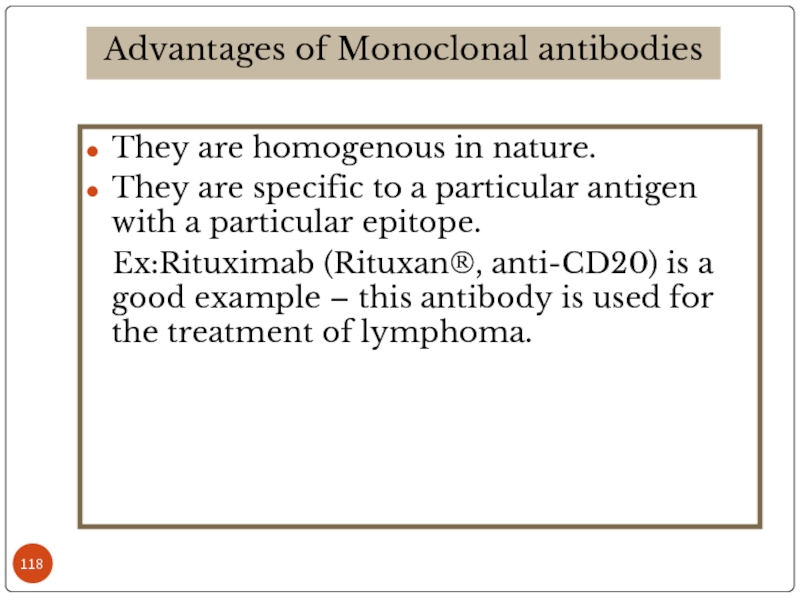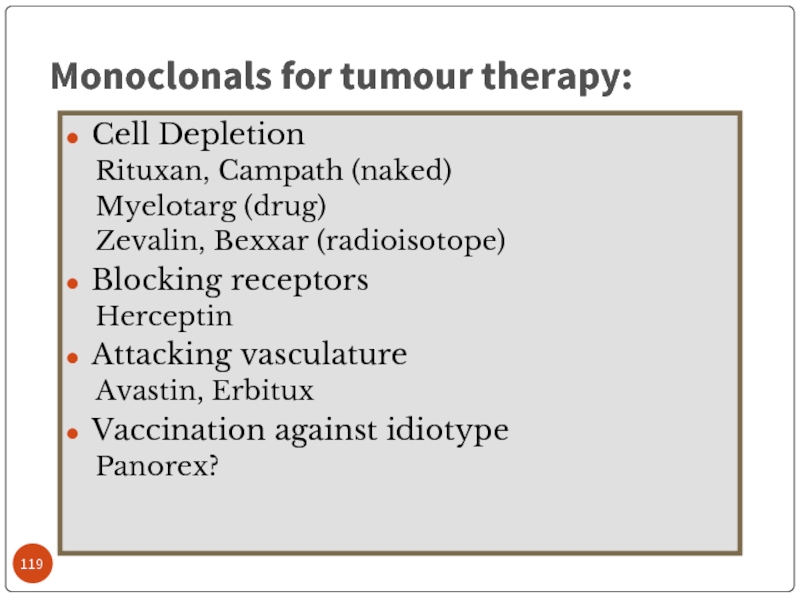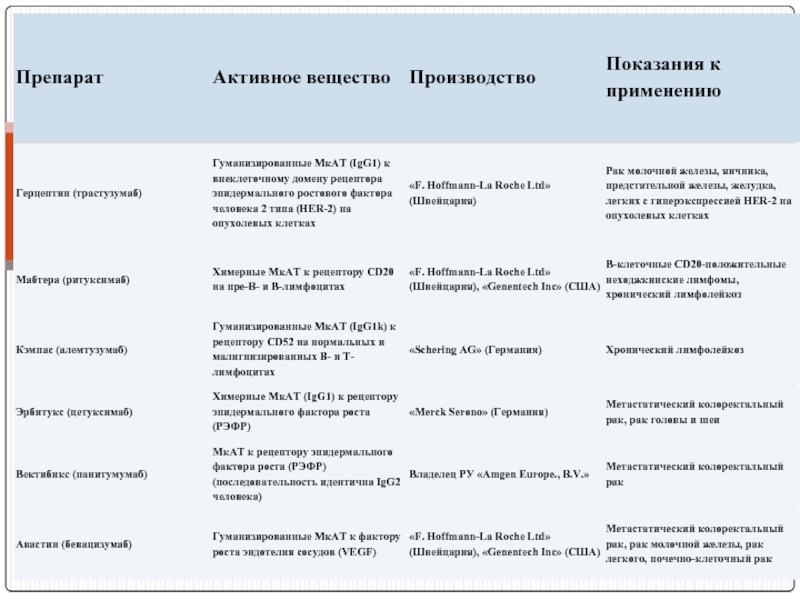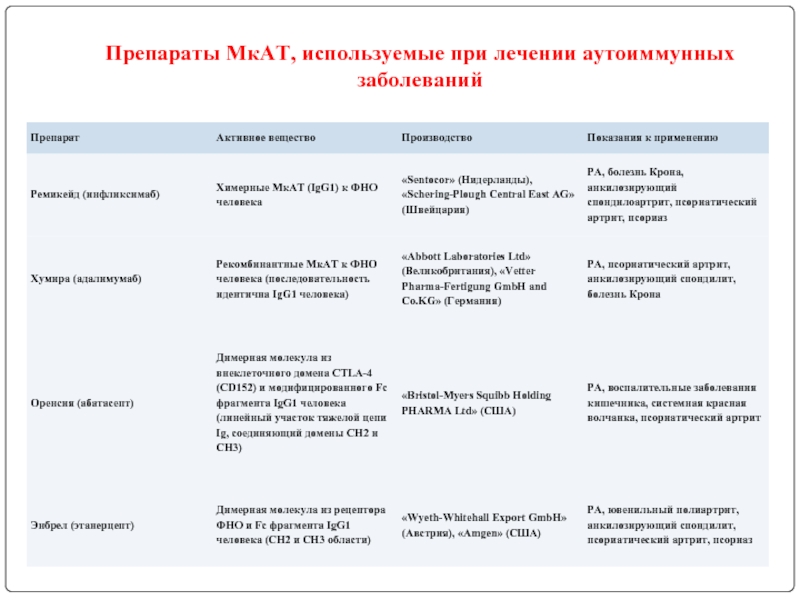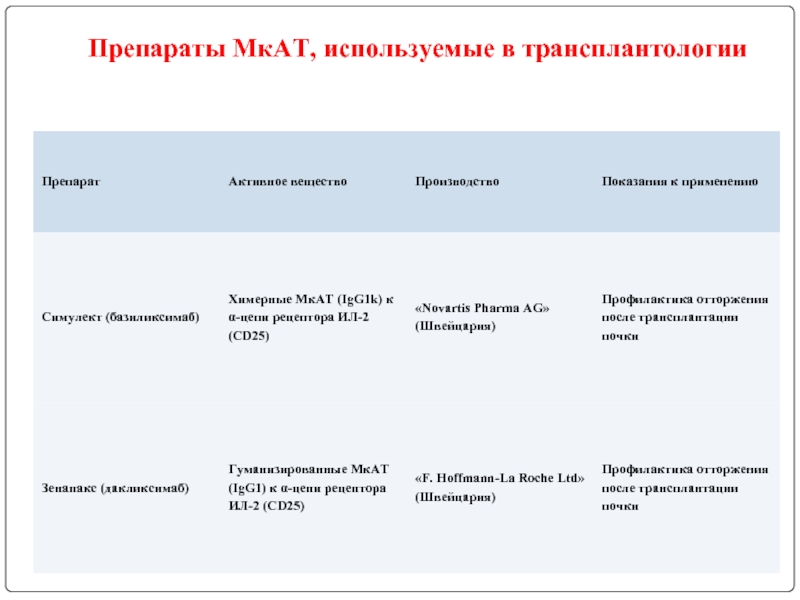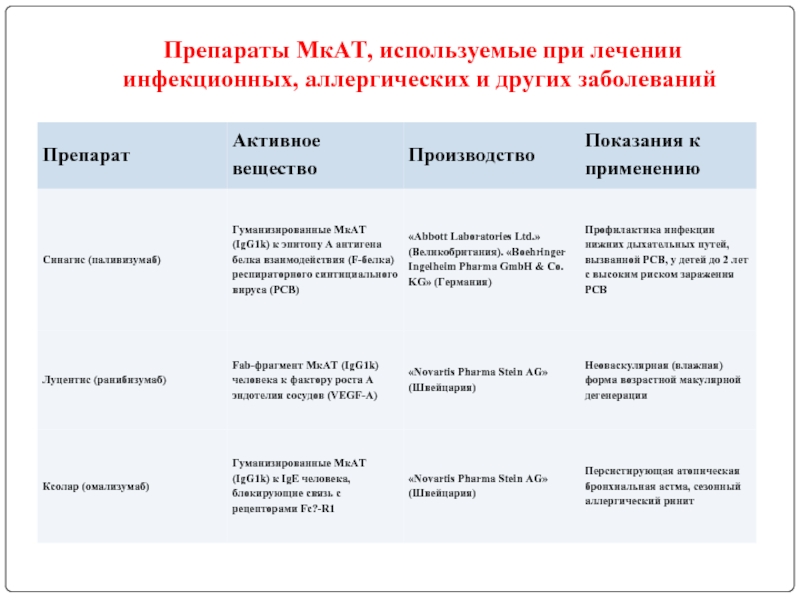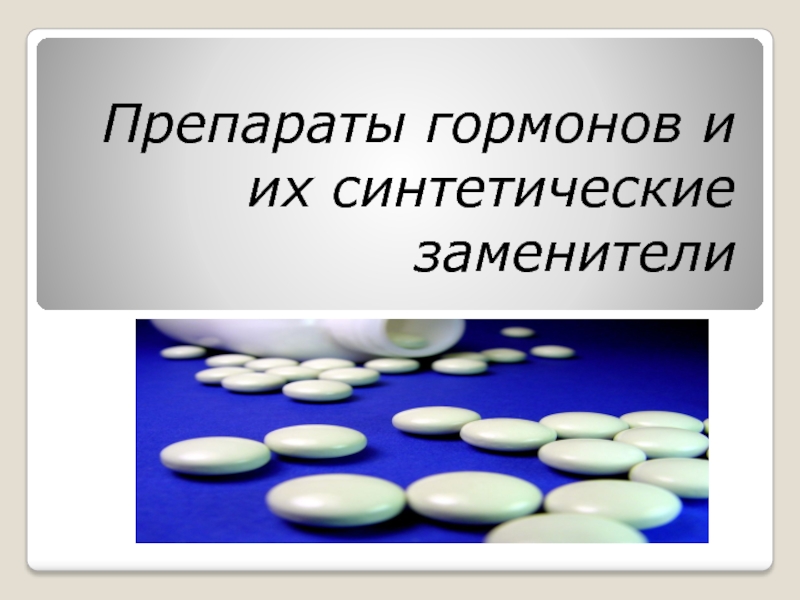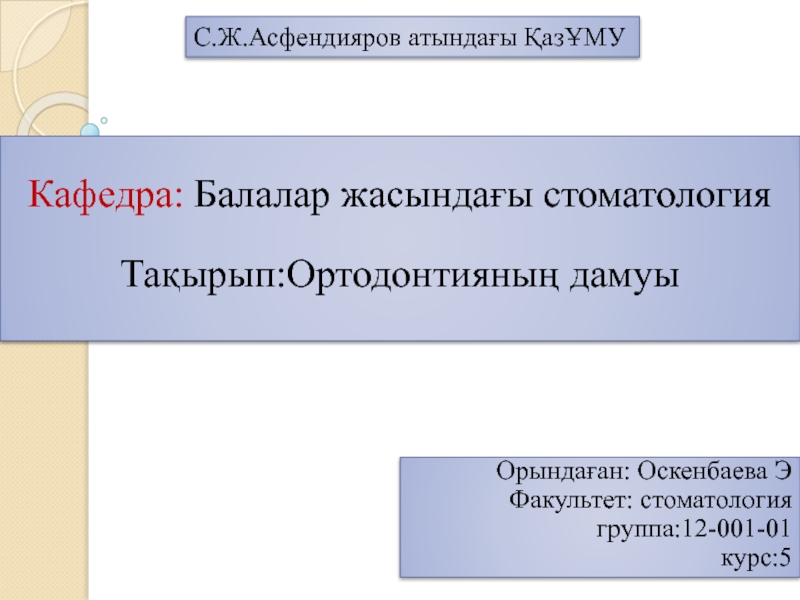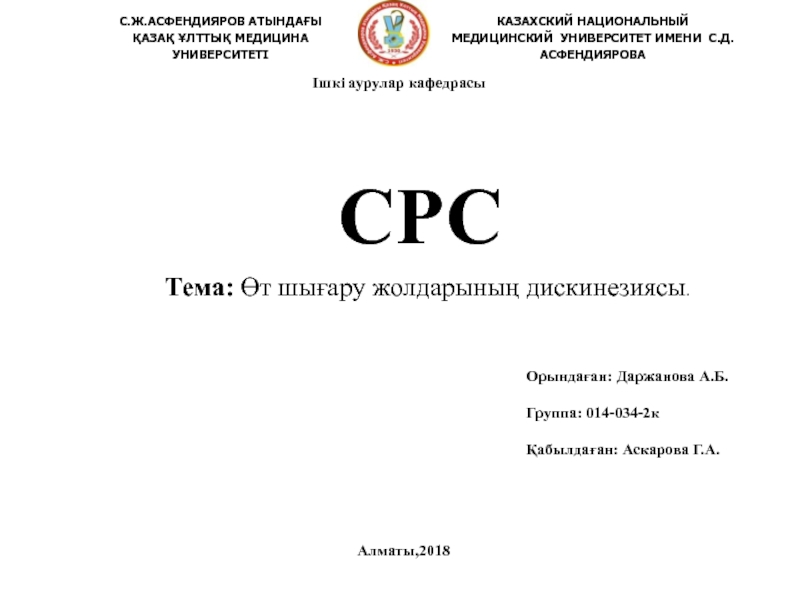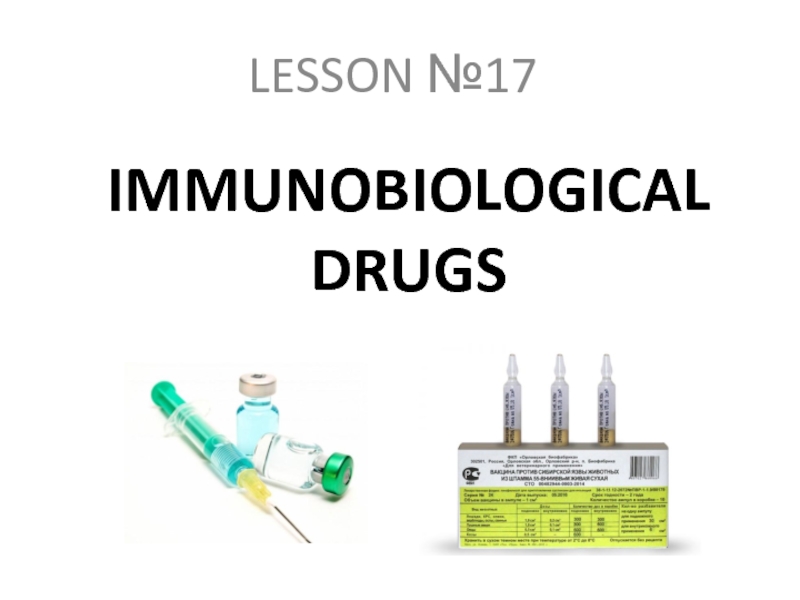- Главная
- Разное
- Дизайн
- Бизнес и предпринимательство
- Аналитика
- Образование
- Развлечения
- Красота и здоровье
- Финансы
- Государство
- Путешествия
- Спорт
- Недвижимость
- Армия
- Графика
- Культурология
- Еда и кулинария
- Лингвистика
- Английский язык
- Астрономия
- Алгебра
- Биология
- География
- Детские презентации
- Информатика
- История
- Литература
- Маркетинг
- Математика
- Медицина
- Менеджмент
- Музыка
- МХК
- Немецкий язык
- ОБЖ
- Обществознание
- Окружающий мир
- Педагогика
- Русский язык
- Технология
- Физика
- Философия
- Химия
- Шаблоны, картинки для презентаций
- Экология
- Экономика
- Юриспруденция
Hprogram of subject (syllabus). Recent developments of biotechnology in veterinary medicine and animal husbandry презентация
Содержание
- 1. Hprogram of subject (syllabus). Recent developments of biotechnology in veterinary medicine and animal husbandry
- 2. Distribution of training period
- 3. Course objectives is: to familiarize Masters with
- 4. As a result of studying this subject,
- 5. COURSE CONTENT
- 6. List of Practical Classes
- 7. SCHEDULE OF ACCEPTANCE MIW’s themes on
- 8. REFERENCE Basic Literature:
- 9. HYBRIDOMA TECHNIQUE TEACHING OBJECTIVES: 1.INTRODUCTION 2.
- 10. INTRODUCTION
- 13. Two neutrophils in blood film Polymorphonuclear cells
- 18. Bone Marrow Bone marrow (medulla
- 21. The thymus is a two-lobed organ overlying
- 25. Antibodies are produced by a specialized group
- 26. WHAT’S THE ROLE OF ANTIBODY IN IMMUNE
- 27. Поликлональность антител при традиционной технологии
- 28. Общие эпитопы гетерогенных антигенов
- 31. WHAT’S THE NEED TO DEVELOP MONOCLONAL ANTIBODIES?
- 32. WHAT ARE MONOCLONAL ANTIBODIES? MAb is a
- 33. СРАВНЕНИЕ ПОЛИКЛОНАЛЬНЫХ И МОНОКЛОНАЛЬНЫХ АНТИТЕЛ
- 34. History of Mab development 1890 Von Behring
- 35. Structure of MAb
- 36. Antigen- antibody binding
- 37. Hybridoma technology: In this B-Lymphocytes and myeloma
- 38. Плазмоцитомы
- 39. Слияние клеток человека и мыши
- 41. Immunise Spleen Cell Myeloma
- 42. Immunization Cell fusion Selection of hybridomas Screening
- 43. Мыши линии Balb/c
- 44. Immunize an animal usually mouse by injecting
- 45. Иммунизация мыши линии Balb/c
- 46. Lymphocytes are mixed with HGPRT deficient myeloma
- 48. The above mixture is cultured in HAT
- 49. Среда RPMI-1640
- 50. Сыворотка плода коровы
- 51. Слияние иммунных лимфоцитов с миеломой
- 52. 96-луночные планшеты для культуральных работ
- 53. Образование гибридной клетки
- 54. Слияние лифоцитов с миеломой
- 57. Распределение клеток по лункам планшеты
- 58. Культивирование гибридом в СО2 -инкубаторе
- 60. КЛОНАЛЬНО-СЕЛЕКЦИОННАЯ ТЕОРИЯ БЕРНЕТА
- 62. Виды клеток, образуемые в процессе слияния
- 63. The above mixture is cultured in HAT
- 64. Изоляция гибридов лимфоцит+миелома - от неслившихся лимфоцитов и гибридов лимфоцит+лимфоцит избавляться не
- 65. Screening is done for antibody specificity. For
- 67. Схема получения МКА
- 68. Electrophoretic separation of serum proteins DEFINITION Immunoglobulin
- 70. Heavy and Light Chains All immunoglobulins have
- 71. The basic structure of immunoglobulins Hinge
- 75. 96-луночный планшет для ИФА
- 76. ПРИНЦИП НЕПРЯМОГО ИФА
- 80. Спектрофотометр для ИФА
- 81. The single hybrid cell producing the desired
- 82. Выделение макрофагов для «питающего слоя»
- 83. 96-луночные планшеты для культуральных работ
- 84. «Питающий слой» из макрофагов
- 85. Biochemical and biophysical characterization are made for
- 86. Хранение клеток в жидком азоте
- 87. Разморозка гибридомных клеток
- 88. Накопление МКА в матрасах
- 89. Наработка МКА в асцитной жидкости
- 92. Очистка МКА с помощью гель-фильтрации
- 95. Encapsulating the hybridoma cells in alginate gels
- 96. АФФИННАЯ ХРОМАТОГРАФИЯ
- 98. MAbs derived from mouse are murine derivatives.
- 99. Chimeric antibodies: Hence the murine
- 100. Основные проблемы, возникающие при использовании монАТ в
- 102. Химерные МКА
- 103. Humanized antibodies: Though chimeric
- 104. Hypervariable (HVR) or complementarity determining regions (CDR)
- 105. Mouse Human Humanised hypervariable framework
- 106. Bispecific antibodies: These are specific to
- 107. Immunoconjugate: For MAb targeted drug delivery,
- 108. Целевая доставка лекарственных веществ с помощью моноклональных антител
- 112. Principle involved: As several classes of the
- 113. It is the natural in-vivo distribution pattern
- 114. In this some characteristics of the environment
- 115. Active targeting is usually done by cell-specific
- 116. Toxin conjugates (immunotoxins) EX: diphtheria toxin,
- 117. Drug immunoconjugates: Agents like
- 118. They are homogenous in nature. They are
- 119. Cell Depletion Rituxan, Campath (naked) Myelotarg (drug)
- 120. Препараты МкАТ, используемые при лечении онкологических болезнях
- 121. Препараты МкАТ, используемые при лечении аутоиммунных заболеваний
- 122. Препараты МкАТ, используемые в трансплантологии
- 123. Препараты МкАТ, используемые при лечении инфекционных, аллергических и других заболеваний
Слайд 1
PROGRAM OF SUBJECT (SYLLABUS)
RECENT DEVELOPMENTS OF BIOTECHNOLOGY IN
Course – 1
● Semester – 1
● Credits - 3 ● Lecture – 30 hours ● Lab classes – 15 hours
● Masters independent work (MIW) – 75 hours
Masters independent work with tutor (MIWT) – 15 h
Слайд 3Course objectives is:
to familiarize Masters with new developments and achievements of
Слайд 4As a result of studying this subject,
masters must know:
the latest
• use modern laboratory equipment;
• conduct research on the diagnosis of infectious and parasitic diseases using a variety of variants of ELISA, LFA and PCR;
• use the achievements of cell and genetic engineering techniques to improve disease diagnosis, obtaining medical preparations and vaccines as well as improving productivity and sustainability of the animals;
• to determine the actual problem of modern biotechnology and to develop an application for participation in the competition of scientific projects in the field of veterinary medicine and animal husbandry.
masters should be able to:
Слайд 7SCHEDULE OF ACCEPTANCE MIW’s themes on discipline "Recent developments of Biotechnology in
Слайд 8REFERENCE
Basic Literature:
The Basic literature of the discipline are
Supplementary Literature:
Kreuzep H. and A.Massey. Molecular Biology and Biotechnology.- Washington.-ASM PRESS, 2008.-485 p.
Clark D.P.and N.J.Pazdernik. Cell Biotechnology. – Elsevier Inc., 2012.- 750 p.
Chauhan A.K.and A.A.Varma. Molecular Biotechnology. –I.K.International Publishity House Pvt.Ltd., 2009.- 1337 p.
Kun L.Y. Microbial Biotechnology.- Word Scientific Publishing, 2006.- 794 p.
Crommelin D., R.Sindelar and B.Meibohn. Pharmaceutical Biotechnology. – N.Y. London: Informa healthcare,___.-490 p.
Croves M.. Pharmaceutical Biotechnology. – Taylor &Francis Group, 2006.- 411 p.
Shetty K., G.Paliiyath, A.Pometto and R.Levin. Food Biotechnology.- Taylor &Francis Group, 2006.- 1982 p.
Bulashev A.K. Educational-methodical complex (EMC) on discipline "Recent developments of biotechnology in veterinary medicine and animal husbandry".- Publishing house of Seifullin KazATU: Astana, 2012.-115 Р.
Алмагамбетов К.Х. Биотехнология микроорганизмов.- Астана: Изд-во ЕНУ им. Гумилева, 2008.- 244 с.
Алмагамбетов К.Х. Медицинская биотехнология. – Астана: Изд-во ЕНУ им. Гумилева, 2009.- 236 с.
Булашев А.К. Моноклональные антитела в диагностике бруцеллеза. Акмола: Изд-во Акмолинского аграрного университета, 1995.-214 с.
Булашев А.К. Иммуноферментный анализ в диагностике бруцеллеза и туберкулеза. Астана: Изд-во Казахского аграрного университета им.С.Сейфулина, 2003.- 52 с.
Булашев А.К., Кухарь Е.В. Ветеринарная биотехнология.- Астана: Изд-во КазАТУ им.С.Сейфуллина, 2009.- 222 с.
Васильев Д.А. и соавт. (Электронный ресурс).- Лекций по курсу: Биотехнология.- Ульяновск, 2005.-188 с.
Глик Б., Пастернак Дж. Молекулярная биотехнология. Принципы и применение. Пер. с англ. М.: Мир, 2002.-583 с.
Завертяев Б.П. Биотехнология в воспроизводстве и селекции крупного рогатого скота. Л.: Агропромиздат, Ленинградское отделение, 1989.-255 с.
Основы биотехнологии /Т.А.Егорова, С.М.Клунова, Е.А.Живухина.- М:Издательсктй центр «Академия», 2003.-208 с.
Сельскохозяйственная биотехнология /В.С.Шевелуха, Е.А.Калашникова, Е.С.Воронин и др.; Под ред. В.С.Шевелухи – 2-е изд., перераб. и доп.- М:Высш.шк., 2003.-469 с.
Слайд 9HYBRIDOMA TECHNIQUE
TEACHING OBJECTIVES:
1.INTRODUCTION
2. PRINCIPLE INVOLVED IN MONOCLONAL ANTIBODIES PRODUCTION
3. PRODUCTION OF
4. ENGINEERED MONOCLONAL ANTIBODIES
Слайд 13 Two neutrophils in blood film
Polymorphonuclear cells are recruited to the site
Слайд 18Bone Marrow
Bone marrow (medulla ossea) is the site of
Bone marrow is also the site of hematopoiesis, the development of the myriad blood cells from progenitor cells. The site of B cell maturation in birds is the bursa of Fabricius, after which B cells are named. The tissue of bone marrow where leukocytes, red blood cells, and platelets develop (i.e., the site of hematopoiesis) is known as myeloid tissue.
Слайд 21The thymus is a two-lobed organ overlying the upper part of
T lymphocytes make up about 75% of the blood lymphocytes.
They have different receptor sites than B cells, and they do not produce antibodies. T lymphocytes are responsible for cell-mediated immunity; that is, immunity associated with cellular interactions.
Слайд 25Antibodies are produced by a specialized group of cells called B-Lymphocytes.
When
Слайд 26WHAT’S THE ROLE OF ANTIBODY IN IMMUNE SYSTEM?
Each Antigen has specific
Each antigen has several different epitopes on it. They are recognised by many different antibodies. All these antibodies thus produced act on the same antigen. Hence these are designated as polyclonal antibodies.
Слайд 31WHAT’S THE NEED TO DEVELOP MONOCLONAL ANTIBODIES?
In general naturally produced antibodies
Thus there is a need for producing monoclonal antibodies for different antigens.
George Kohler and Cesar Milstein got noble prize in 1984 for the production of MAbs in large scale.
Слайд 32WHAT ARE MONOCLONAL ANTIBODIES?
MAb is a single type of antibody that
Monoclonal antibodies are specific to antigen and are homogenous.
Слайд 34History of Mab development
1890 Von Behring and kitasato discovered the serum
1900 Ehrlich proposed the “ side-chain theory”
1955 Jerne postulated natural selection theory. Frank Macfarlane Burnet expended.
Almost the same time, Porter isolated fragment of antigen binding (Fab) and fragment crystalline (Fc) from rabbit y-globulin.
1964 Littlefield developed a way to isolate hybrid cells from 2 parent cell lines using the hypoxanthine-aminopterin-thymidine (HAT) selection media.
1975 Kohler and Milstein provided the most outstanding proof of the clonal selection theory by fusion of normal and malignant cells
1990 Milstein produced the first monoclonal antibodies.
Слайд 37Hybridoma technology: In this B-Lymphocytes and myeloma cells are mixed together
The mixture contains hybridoma cells, myeloma cells and lymphocytes.
This mixture is washed and cultured in HAT(hypoxanthine aminopterin and thymidine) medium for 7-10 days.
only hybridoma cells remain in the mixture.
PRINCIPLE INVOLVED IN MONOCLONAL ANTIBODIES PRODUCTION
Слайд 41
Immunise
Spleen Cell
Myeloma Cell Line
FUSE
HAT sensitive
Hybridoma
HAT resistant
Stable hybrid myeloma producing desired
SELECT
Слайд 42Immunization
Cell fusion
Selection of hybridomas
Screening the products
Cloning and propagation
Characterization and storage
PRODUCTION OF
Слайд 44Immunize an animal usually mouse by injecting with an appropriate antigen
Adjuvants are non specific potentiators of specific immune responses.
Injection of antigens at multiple sites are repeated several times for increased stimulation of antibodies.
3 days prior to killing of animal a final dose is given intravenously.
Spleen is aseptically removed and disrupted by mechanical or enzymatic methods to release the cells.
By density gradient centrifugation lymphocytes are separated from rest of the cells.
Immunization
Слайд 46Lymphocytes are mixed with HGPRT deficient myeloma cells and is exposed
The mixture is then washed and kept in a fresh medium.
The mixture contains hybridomas, free myeloma cells, and free lymphocytes.
Cell fusion
Слайд 47
Synthesis of nucleotides
Tetrahydrofolate
Precursors
Nucleotides---->DNA
Hypoxanthine
Thymidine
De novo synthesis
Salvage pathway
Aminopterin
HGPRT
TK
Слайд 48The above mixture is cultured in HAT medium for 7-10 days.
Due to lack of HGPRT enzyme in myeloma cells, salvage pathway is not operative and aminopterin in HAT medium blocks the de novo synthesis of nucleotides. Hence free myeloma cells are dead.
As the lymphocytes are short lived they also slowly dissappear.
Only the hybridomas that receives HGPRT from lymphocytes are survived.
Thus hybridomas are selected by using HAT medium
Suspension is diluted so that each aliquot contains one cell each. These are cultured in regular culture medium, produced desired antibody.
Selection of hybridomas
Слайд 62Виды клеток, образуемые в процессе слияния
Неслившиеся клетки лимфоидного органа;
Неслившиеся клетки миеломы;
Гибриды лимфоцит+лимфоцит и миелома+ми-елома;
Лимфоцит+миелома, из которых лишь часть (часто весьма небольшая) стабильно продуцирует антитела нужной специфичности.
Слайд 63The above mixture is cultured in HAT medium for 7-10 days.
Due to lack of HGPRT enzyme in myeloma cells, salvage pathway is not operative and aminopterin in HAT medium blocks the de novo synthesis of nucleotides. Hence free myeloma cells are dead.
As the lymphocytes are short lived they also slowly dissappear.
Only the hybridomas that receives HGPRT from lymphocytes are survived.
Thus hybridomas are selected by using HAT medium
Suspension is diluted so that each aliquot contains one cell each. These are cultured in regular culture medium, produced desired antibody.
Selection of hybridomas
Слайд 64Изоляция гибридов лимфоцит+миелома
- от неслившихся лимфоцитов и гибридов лимфоцит+лимфоцит избавляться не нужно: через несколько дней они
- от неслившихся опухолевых клеток и гибридов миелома+ миелома избавляются с помощью селективных сред;
- среди гибридов лимфоцит+миелома отбирают лишь те, которые стабильно продуцируют антитела требуемой специфичности.
Слайд 65Screening is done for antibody specificity.
For this we need to test
Common tests like ELISA and RIA are used for this.
In these tests the antigens are coated to plastic plates. The antibodies specific to the antigens bind to the plates. The remaining are washed off.
Thus the hybridomas producing desired antibodies are identified. The antibodies secreted by them are homogenous and specific and are referred as monoclonal antibodies.
Screening the products
Слайд 68Electrophoretic separation of serum proteins
DEFINITION
Immunoglobulin (Ig)
Immunoglobulins are glycoprotein molecules that are
Слайд 70Heavy and Light Chains All immunoglobulins have a four chain structure as
Disulfide bonds
Inter-chain disulfide bonds The heavy and light chains and the two heavy chains are held together by inter-chain disulfide bonds and by non-covalent interactions The number of inter-chain disulfide bonds varies among different immunoglobulin molecules.
Intra-chain disulfide binds Within each of the polypeptide chains there are also intra-chain disulfide bonds.
Variable (V) and Constant (C) Regions When the amino acid sequences of many different heavy chains and light chains were compared, it became clear that both the heavy and light chain could be divided into two regions based on variability in the amino acid sequences. These are the:
Light Chain - VL (110 amino acids) and CL (110 amino acids)
Heavy Chain - VH (110 amino acids) and CH (330-440 amino acids)
Слайд 71The basic structure of immunoglobulins
Hinge Region
This is the region at which
Domains Three dimensional images of the immunoglobulin molecule show that it is not straight . Rather, it is folded into globular regions each of which contains an intra-chain disulfide bond. These regions are called domains.
Light Chain Domains - VL and CL
Heavy Chain Domains - VH, CH1 - CH3 (or CH4)
Oligosaccharides Carbohydrates are attached to the CH2 domain in most immunoglobulins. However, in some cases carbohydrates may also be attached at other locations.
Слайд 81The single hybrid cell producing the desired antibody are isolated and
Usually two techniques are commonly employed for this
a) Limiting dilution method: Suspension of hybridoma cells is serially diluted so the aliquot of each dilution is having one hybrid cell. This ensures that the antibody produced is monoclonal.
b) Soft agar method: In this method the hybridoma cells are grown in soft agar. These form colonies and the colonies are monoclonal in nature.
Cloning and propagation
Слайд 85Biochemical and biophysical characterization are made for desired specificity.
It is important
MAbs must be characterized for their ability to withstand freezing and thawing.
Characterization and storage
Слайд 95Encapsulating the hybridoma cells in alginate gels and using a coating
These gels allow the nutrients to enter in and antibodies to come out.
Damon biotech and cell-tech companies are using this technique for commercial production of MAbs.
They employ 100-litres fermenters to yield about 100g of MAbs in about 2 weeks period.
Large scale production
Слайд 98MAbs derived from mouse are murine derivatives. As they are not
To overcome this we need to cleave the antibody into its respective Fc and Fab fragments.
Fab fragments are less immunogenic and their smaller molecular size may facilitate penetration into tumor tissue and result in a longer half-life.
Engineering is needed to reduce the immunogenicity.
Engineered antibodies
Слайд 99 Chimeric antibodies:
Hence the murine antibodies are immunogenic to humans,
To over come HAMA(human antimouse antibody) response, a chimeric antibody is prepared with Fc region of human IgG and Fab regions of murine origin by the use of DNA recombinant technology.
Engineered antibodies
Слайд 100Основные проблемы, возникающие при использовании монАТ в терапии
а) Подавляющее большинство получаемых
б) Некоторые монАТ нечеловеческого происхождения могут связывать и выводить из строя жизненно важные молекулы в организме человека, иногда это может привести к летальному исходу;
в) Мышиные и крысиные монАТ являются для человека сильным иммуногеном, и введение их в терапевтических дозах может вызывать аллергические реакции вплоть до анафилактического шока.
Слайд 103 Humanized antibodies:
Though chimeric antibodies elicit less HAMA response
It is came to know that a small portion(CDR) of an antibody was actually responsible for antigen binding.
By this humanized antibodies are prepared by recombinant DNA technology with majority of human antibody framework and CDR’s of murine antibody.
Thus humanized antibodies are 95% homology with human antibodies.
Engineered antibodies
Слайд 104Hypervariable (HVR) or complementarity determining regions (CDR)
Comparisons of the amino acid
Framework regions
The regions between the complementarity determining regions in the variable region are called the framework regions. Based on similarities and differences in the framework regions the immunoglobulin heavy and light chain variable regions can be divided into groups and subgroups. These represent the products of different variable region genes.
Слайд 106 Bispecific antibodies:
These are specific to two types of antigens.
They are
Each arm is specific to one type of antigen.
Engineered antibodies
Слайд 107 Immunoconjugate:
For MAb targeted drug delivery, a drug is bound covalently
Spacer is present between the antibody and the drug.
Polymer may be present to increase the no. of drug molecules attached to the antibody.
Drug is non-covalently incorporated into a liposome or microsphere to which the targeting antibody is bound to the surface—immunoliposome or immunomicrosphere resp.
Engineered antibodies
Слайд 112Principle involved:
As several classes of the drugs lack specificity for diseased
Ex: cytotoxic action of chemotherapeutic agents is directed against any rapidly proliferating cell population.
Hence drug targeting is required to overcome this problem.
Targeting is classified into three categories:
Passive targeting
Physical targeting
Active targeting
Drug targetting
Слайд 113It is the natural in-vivo distribution pattern of the drug delivery
Ex: passive targeting of the lungs is made by modulating the size of the particles to >7µm
passive targeting of the Reticuloendothelial system is made by modulating the size of the particles to 0.2-7µm
Passive targeting
Слайд 114In this some characteristics of the environment are utilized for the
Ex: thermal sensitive liposomes(local hyperthemia)
magnetically responsive albumin microspheres
(localized magnetic field)
Physical targeting
Слайд 115Active targeting is usually done by cell-specific ligands. These are specific
Hence MAb targeting is adopted for active targeting. MAb targeting is done by conjugating the drug antibody of the specific targeting type.
Hence antibody drug conjugates are used as active targeting drug delivery systems.
Active targeting
Слайд 116Toxin conjugates (immunotoxins)
EX: diphtheria toxin, Ricin have been conjugated to
Ricin has two chains. Amoung these A-chain is cytotoxic and B-chain is non-specific. Hence B-chain is removed and the toxin is conjugated to tumor specific antibody. Thus we increase the specificity of the toxins by using MAbs as active drug targeting systems.
Drug conjugates
Слайд 117Drug immunoconjugates:
Agents like chlorambucil, methotrexate and doxorubicin are conjugated
Ex: doxorubicin-BR96 immunoconjugate for Lewis antigen found on the surface of tumor cells.
Drug conjugates
Слайд 118They are homogenous in nature.
They are specific to a particular antigen
Ex:Rituximab (Rituxan®, anti-CD20) is a good example – this antibody is used for the treatment of lymphoma.
Advantages of Monoclonal antibodies
Слайд 119Cell Depletion
Rituxan, Campath (naked)
Myelotarg (drug)
Zevalin, Bexxar (radioisotope)
Blocking receptors
Herceptin
Attacking vasculature
Avastin, Erbitux
Vaccination against
Panorex?
Monoclonals for tumour therapy:
